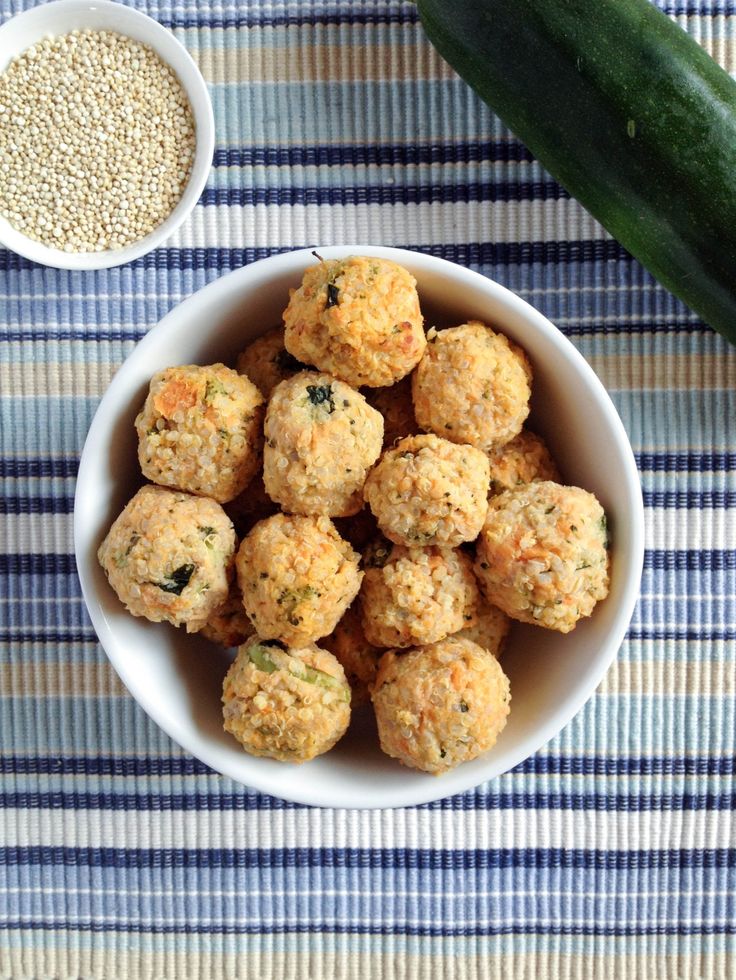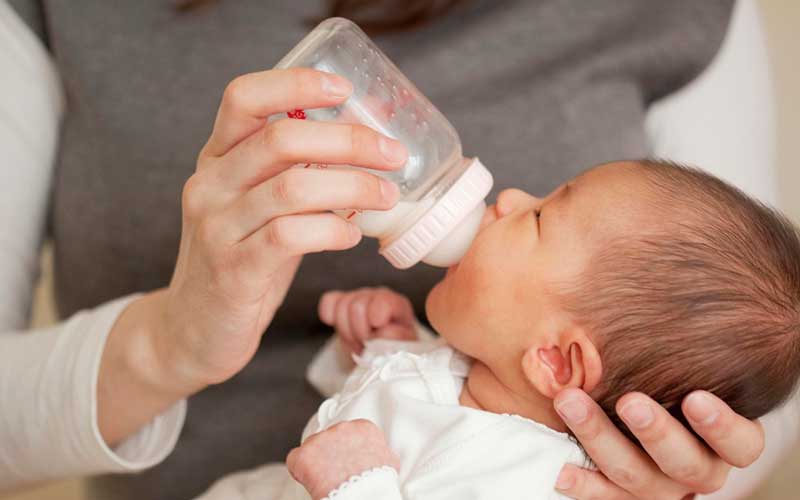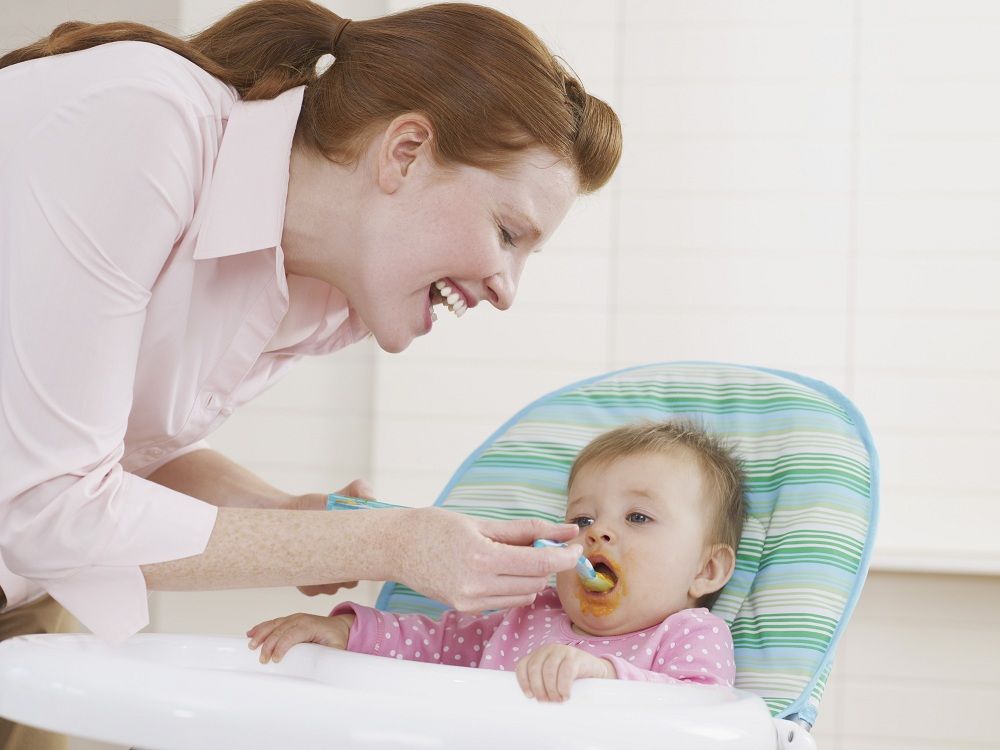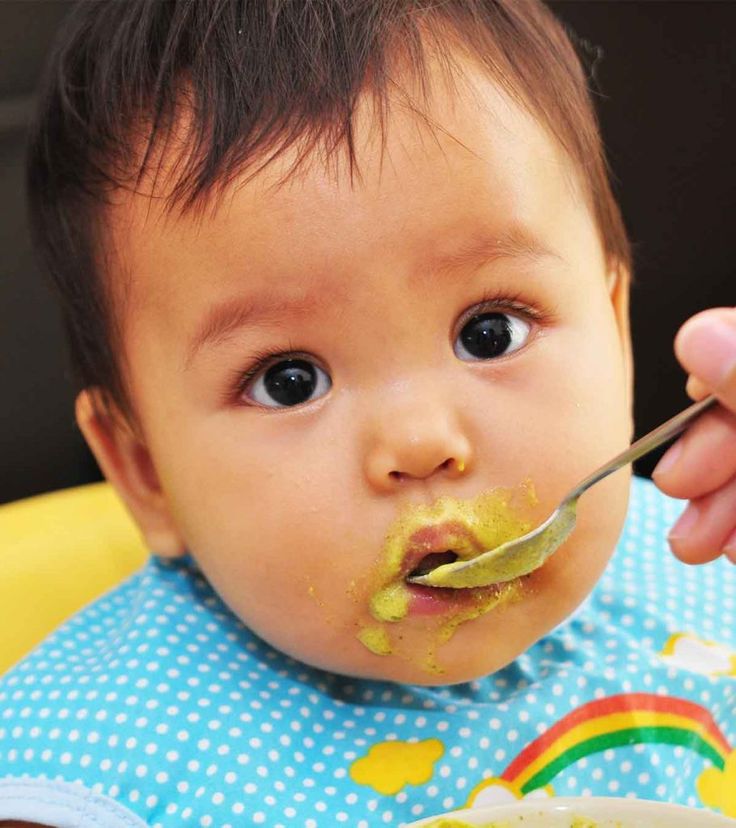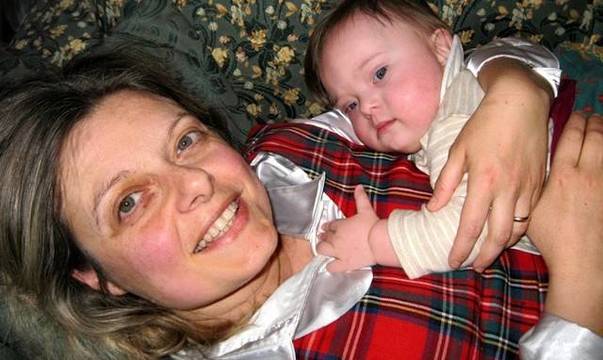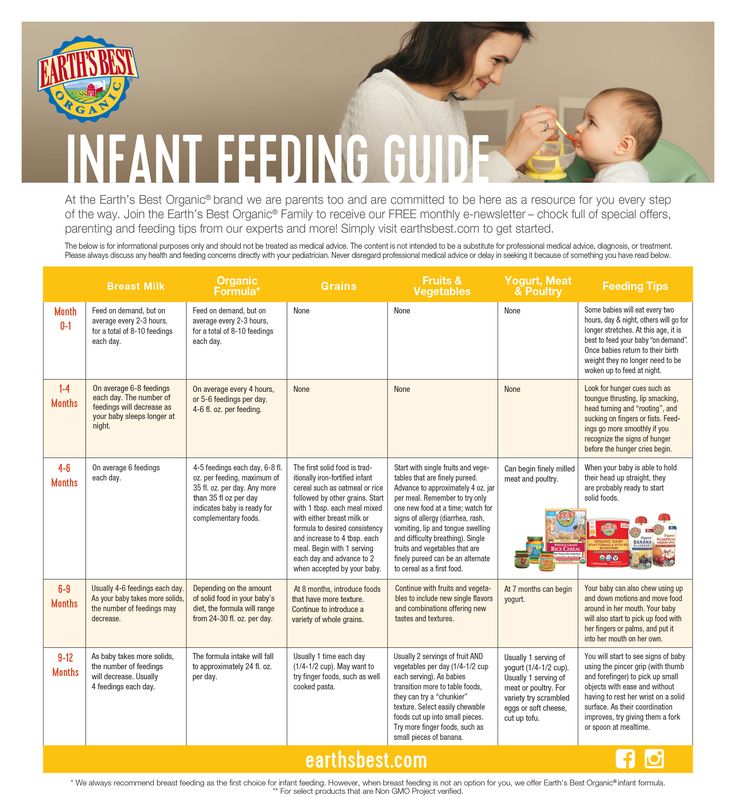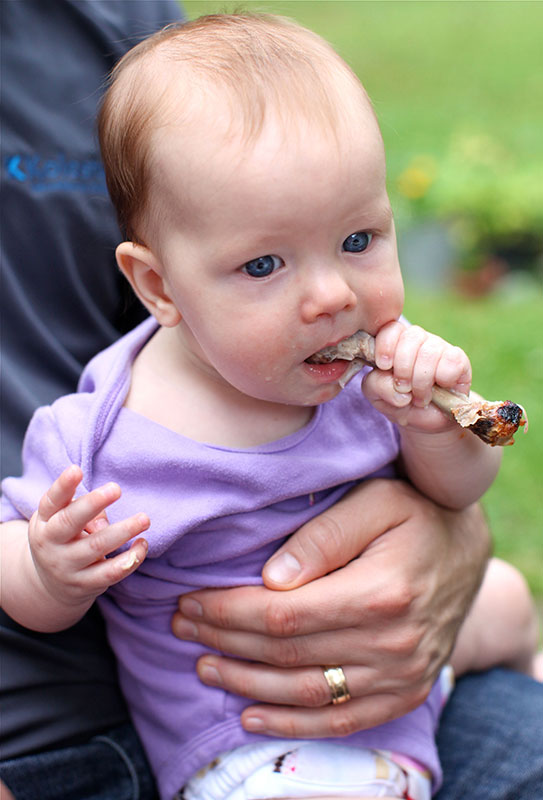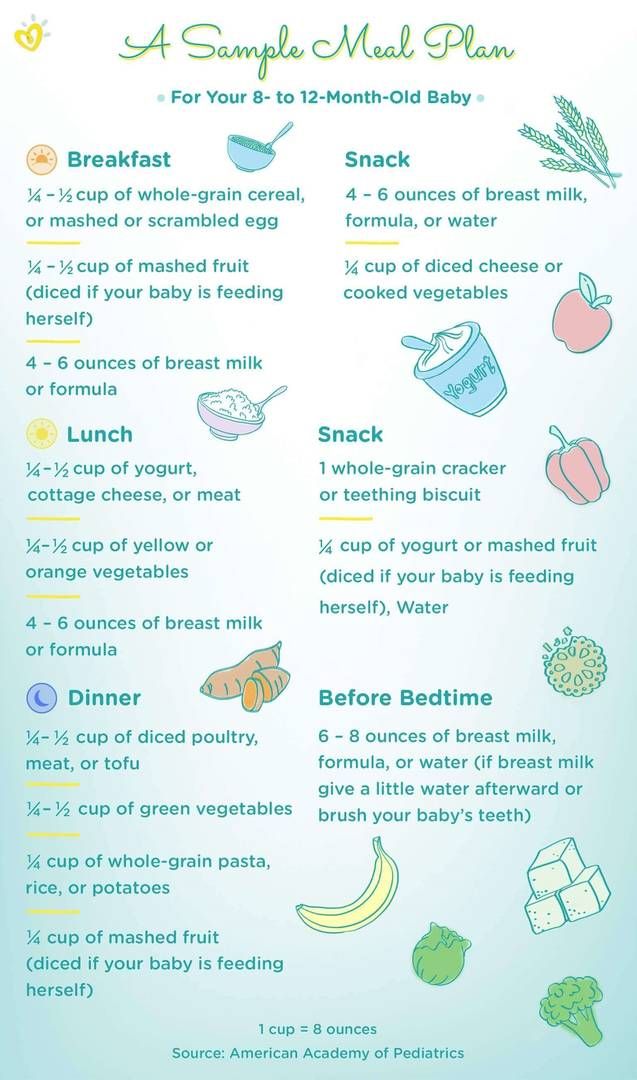1 year baby weight gain food chart
Best foods for weight gain in babies & toddlers (0 to 3 years)
This post has been updated with a new list of weight gaining recipes at the end of this post for toddlers – above 1 year old. Many readers have been asking for suggestions on best foods for weight gain in babies & toddlers. I have shared the tips that one can follow. If you are a new reader to this blog and have reached here looking for weight gaining foods or recipes for your little heart, please read this food chart for babies above 8 months.
I suggest following the recipes on the post as well for a good weight gain. I would also suggest to read the comments before posting your query here as similar queries may have been answered in the comment section below.
If you are looking for a food chart for baby around 6 months, you can refer this post on solids for 6 months baby.
Best foods for weight gain in babies & toddlers (0 months to 3 years)
1. Breast milk is one of the best foods for babies under 6 months to gain weight. Since mother’s milk is more nutritious than any other foods, it is good to exclusively breastfeed babies for the first 6 months.
If a baby is breast fed, mum needs to eat more nutritious foods to have enough milk supply and to increase the quality of milk.
To increase the milk supply in lactating mothers’ foods like milk, lentils (DAL), garlic, flax seeds (alasi in hindi or avise ginjalu in telugu), chickpeas (chana), almonds, whole grains, methi leaves, methi seeds, dill leaves (sabbasige soppu in kannada), fennel seeds (saunf), cumin (jeera) have been proved to be beneficial. One needs to include these in their diet moderately.
At least 2 protein rich meals and a breakfast should be included in the diet of a lactating mother. For vegetarians lentils / dal is a best protein rich food.
Chickpeas can be enjoyed by mums having babies older than 3 months. If using they need to be soaked overnight, soft cooked with turmeric and other Indian spices to prevent vata dosha.
Traditionally gond ke laddu, dry fruits ladoos and copra ladoos were eaten by lactating mothers to improve the quantity and quality of breast milk. Here are some protein rich ladoos which you can try after consulting your elders.
Gond ke laddu
Dry fruits ladoo
Copra ladoo (or dried coconut ladoo)
Here is a simple homemade powder for increasing milk supply in lactating mothers. Dry roast equal quantities of cumin and fennel seeds till they turn aromatic. Cool them and grind to powder.
Mix ½ tsp powder in ½ tsp warm ghee and consume 30 minutes before food 2 to 3 times a day. Desi ghee works best. This can be consumed for 2 weeks, followed by a break for 4 to 5 days and then repeat the cycle.
This also helps to reduce colic in breastfed babies. A small portion of ajwain/ carom seeds can also be included.
2. There is also a wide population of women who are unable to breast fed due to medical or professional reasons, yet their babies tend to grow well in terms of height and weight.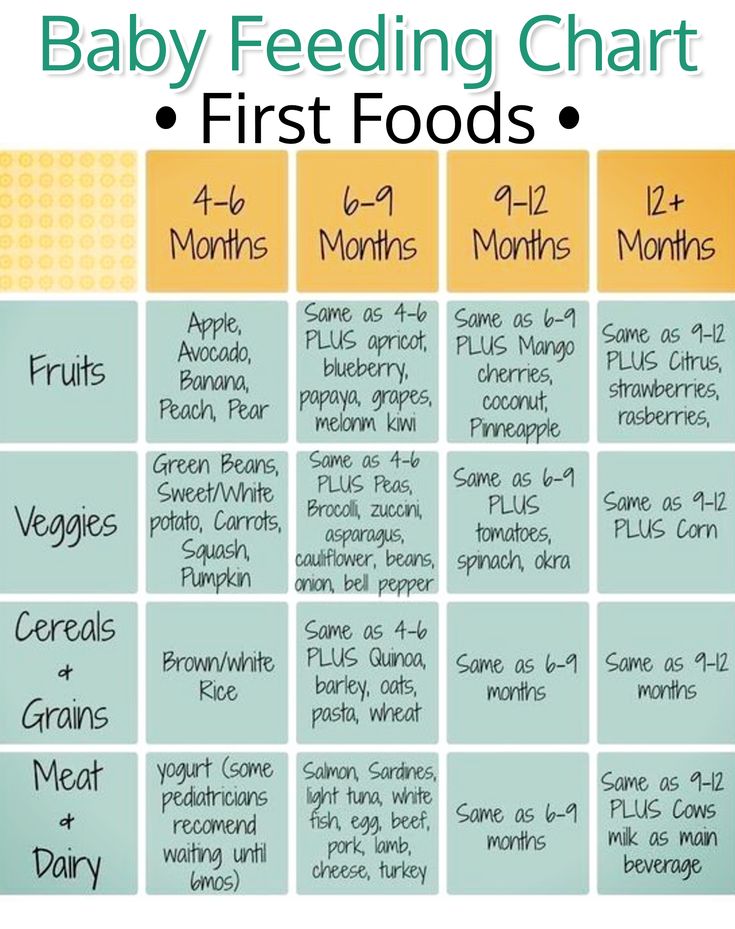 For babies who are not breast fed, Formula milk has been proved to be of great help.
For babies who are not breast fed, Formula milk has been proved to be of great help.
If your baby is over 6 months and you intend to stop breastfeeding, then choose a good formula milk with the help of your pediatrician. Formula milk is mostly balanced and has adequate nutrition which may not be available in dairy milk.
Formula milk helps to gain good weight in most babies, but one needs to be patient in trying out what works best for your baby. Many women express that formula milk is not good and hence should choose dairy milk.
Both have their own pros and cons. In the recent years, cows raised in farms are not grass-fed and are mostly on hormones either in their feed or injected to produce more milk. So it may be more unsafe than the formula milk.
A thorough research is conducted before any formula milk is sold in the market. So as a mother, you are the right person to choose between cow’s milk vs formula milk.
For babies above 12 months, fresh dairy milk can be used.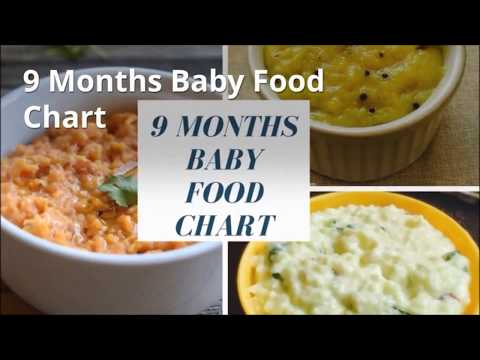 Do not use milk that comes in tetra packs for babies and toddlers.
Do not use milk that comes in tetra packs for babies and toddlers.
3. Foods like potato, pumpkin, sweet potato, dal, ghee, ragi, almonds, yogurt, eggs and milk help the baby to gain weight. Please take a pediatricians’ suggestion before you start any of these foods. As always follow a 3 day test rule.
How to make mashed potato for baby ?
Always choose hard potatoes that do not have any sprouts grown over them. Sprouted or soft potatoes are not healthy to use.
Wash and peel off the skin of the potato. Cook potato in excess water either in pressure cooker or a rice cooker steam basket or in a pot. It should be soft cooked.
While it is still hot, take it to a feeding bowl and mash it to soft. Add the potato stock that was left after cooking to make smooth puree. using a small steel glass you can easily mash it.
Add a pinch of ajwain and ghee and serve it warm. The same way you can also make mashed sweet potato for baby.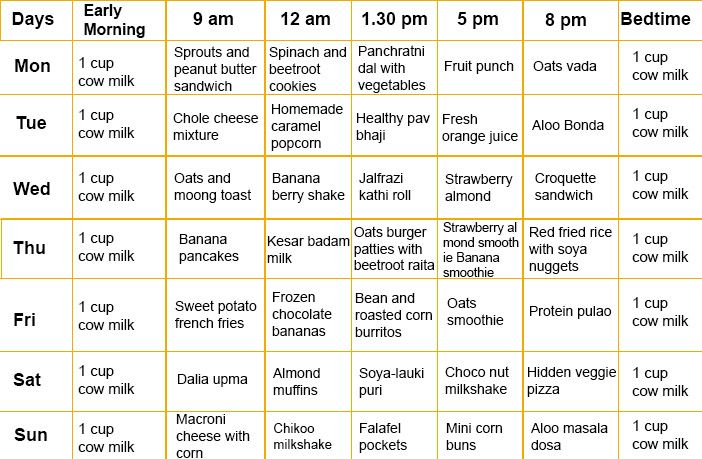 Best time to serve these is for breakfast or lunch.
Best time to serve these is for breakfast or lunch.
It can also be cooked along with rice to make a rice potato khichdi. You can find the recipe of sweet potato here (new post)
How much potato or sweet potato for baby?
7 months baby – 1 tbsp 2 to 3 times a week
8 to 10 months – 2 tbsp. 2 to 3 times a week
10 to 12 months – 3 to 4 tbsp. 2 to 3 times a week
toddlers- use your judgement . Can be served 5 times a week to daily.
Serve potato or sweet potato at least 2 to 3 times a week with little ajwain powder and ghee. Avoid when baby has tummy upset, colic or spit ups.
Moong dal and urad dal help a lot to gain weight in babies & toddlers. Urad dal is a power house of nutrients, high in calcium and protein and also EFA , essential fatty acids that help to develop the brain. So Idli is a very healthy food for babies.
Using urad dal make idli and serve with mild rasam or dal ka pani and ghee.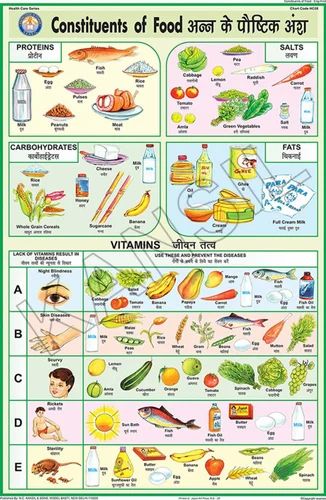 This can be fed daily. You can find the recipe of soft idli here and a rasam recipe for babies here.
This can be fed daily. You can find the recipe of soft idli here and a rasam recipe for babies here.
Include dal preferably moong dal or tuvar dal in lunch or breakfast every day. Do not mix dal with yogurt or milk. Just a simple vegetable dal rice khichdi works great for babies in gaining weight.
If your baby tends to get bored, change the vegetables used in the khichdi to give a different taste. You can find the recipe of dal khichdi here
Ragi porridge also helps to gain weight, it also strengthens the bones, teeth and helps for the overall development. Here is a complete post on how to introduce ragi to babies and how to make sprouted ragi flour for babies.
Yogurt and homemade paneer are also a good choice for babies over 8 months to gain weight. Serve yogurt alone or with brown rice and white rice in equal quantities.
I always used to make one cup curd separately for both my babies since it is not recommended to serve cold yogurt from the refrigerator. Also avoid serving in the evening or night.
Also avoid serving in the evening or night.
how much yogurt/ curd to serve for babies ?
2 tbsp homemade unsweetened yogurt/ curd can be fed to 8 to 10 months baby, 2 to 3 times a week (avoid during winters)
4 tbsp can be fed to a 10 to 12 months baby. 3 to 4 times a week (avoid during winters)
Eggs also help babies to gain weight. Prefer boiled eggs instead of scrambled eggs. There is a loss of nutrition in scrambled eggs especially the protein content.
you can find the recipe of homemade curd here.
How to feed egg to baby ?
Make a hard boiled egg. Remove the yolk and take small portion of it and mash it with a pinch of cumin powder, add very little water and mash the egg to blend it well with water. It should become a smooth paste.
how much egg for 7 months old baby ?
For a 7 months baby – Start feeding a tsp of the above said mashed egg yolk. It can be served 2 times a week.
For 8 months baby – a tbsp and then increase the quantity.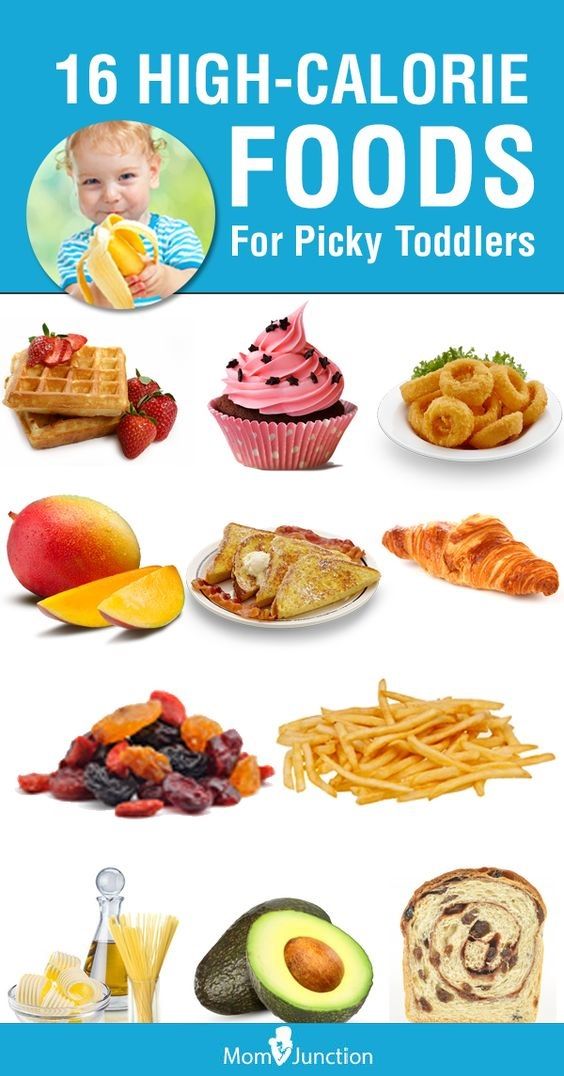
For 10 months baby – by the end of 12 months a baby can eat the entire mashed yolk.
Include banana, papaya, apple, pear and chikoo (sapota). Serve banana at least 4 to 5 times a week. We give the small variety banana to babies. Avoid it when baby has cold and phlegm.
Serve a warm apple sauce or apple oats when the baby has cold and congestion. Banana helps to gain weight and most fruits helps to digest foods better since they contain natural digestive enzymes.
The nutrients from other foods are better absorbed by the body when a good amount of fruits are consumed (the right way).
Follow the rule, of feeding fruit alone without mixing with other foods at least once a day. Strictly do not serve fruits and milk together.
4. Ghee also helps to gain weight – How much ghee to serve for babies and toddlers ?
Start with only few drops a day when you introduce ghee to your baby. Try using organic and grassfed or desi ghee. Desi ghee can be found in ayurvedic stores or can also be bought online.![]()
If you notice symptoms like coughing, itchy eyes or rubbing eyes or rashes stop it. Try with a new brand or try with homemade ghee. If your baby or toddler do not like the flavour of ghee, I suggest making ghee at home.
Just add few curry leaves towards the end when you make ghee at home, it adds a good aroma.
Excess usage of ghee may suppress the baby’s appetite, so use only as needed, a mother is the best judge. I followed the following measures for my babies and no cheese or butter was given to them.
If using butter then reduce the proportionate amount of ghee from the below mentioned quantity.
7 months ½ tsp ghee divided among 2 servings – start with only a few drops of melted ghee
8 months ¾ to 1 tsp ghee divided among 2 servings
10 months 1 to 1 ¼ tsp ghee divided among 3 servings
12 months on wards 1 to 1 ½ tsp ghee divided among 3 servings
Some babies may not digest fats in ghee well especially if formula milk, cheese, or butter are already a part of the diet.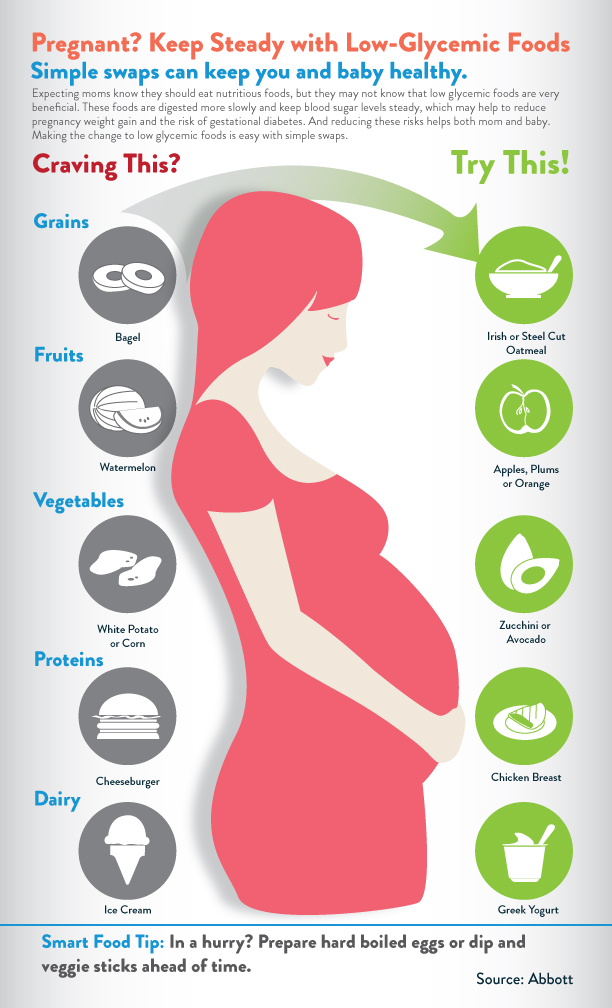 You can try with only half of the above quantity.
You can try with only half of the above quantity.
5. Can i use almonds / badam for my baby?
Experts advice not to introduce nuts to babies until 1 year as they may end up with severe allergies. So i would suggest waiting until your baby turns an year old especially if there is an history of allergy in your family.
However i have used almonds from 8 months for both my babies. Those who would like to try may start with almonds since these are the only kind of nuts that are slightly alkaline (apart from chestnuts).
Alkaline foods help us to keep our body healthy and energetic. Always try using soaked almonds. Soaking also increases the alkaline nature and hence digest well.
Soaking for about 5 to 6 hours also helps to peel the skin. They can be ground with little water and then used to cook baby foods like oats, ragi, rice etc.
6. Physical activity
Allow the baby to crawl freely, do not restrict your babies to prams or rocking chairs.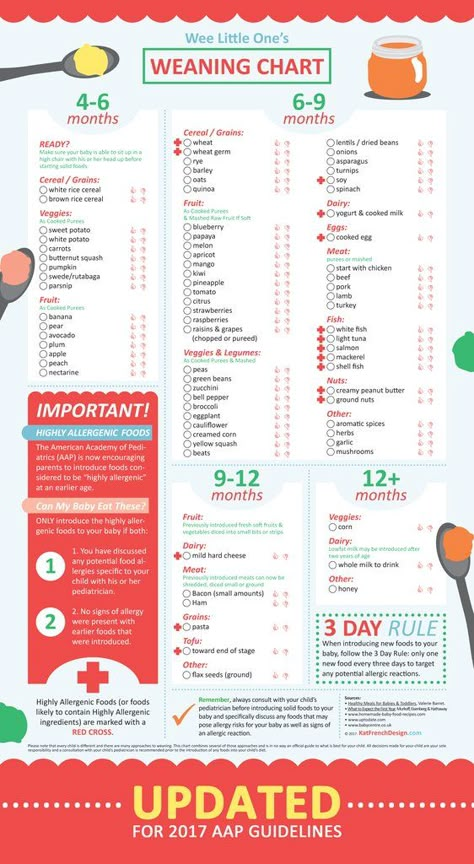 Being physically active helps babies feel hungry in time. They are less fussy and eat or drink well.
Being physically active helps babies feel hungry in time. They are less fussy and eat or drink well.
Burping is very important as it helps to relieve the babies from colic and they tend to drink better. Gently Burp before feeding, in between the feeds, Burp after the feed. Keep the baby in upright position for at least 15 minutes after a feed.
Foods for weight gain in toddlers (above 1 year)
Breakfast menu
Pesarattu with ghee
Idli with ghee (1:2 proportion) – use search box for idli recipe
Soft thick dosa with boiled mashed potato
Chick pea / chana soup
chana dosa (with steamed mashed carrots)
moong dal soup
carrot milkshake
oats uttapam (use carrot for topping, follow method 2)
jowar dosa: you can make uttapam with carrot topping. Jowar makes bones strong and helps to gain good weight.
ragi mudde with rasam or any soup.
paneer paratha – no stuffing, good finger food too for snack in the evening
Boiled egg – boiled eggs have more nutrition than scrambled eggs.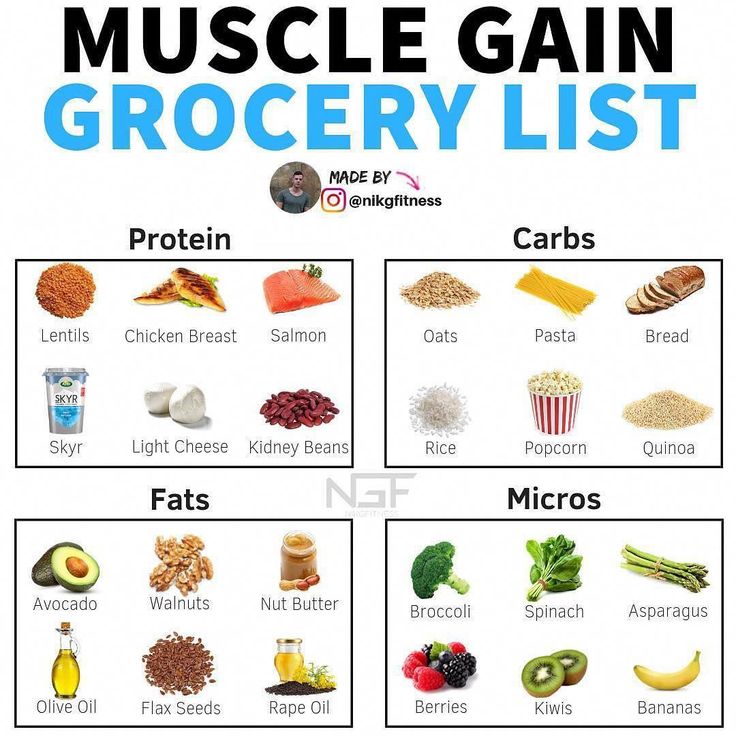 So try serving boiled egg with mild flavorings like pepper, cumin powder, ajwain and salt.
So try serving boiled egg with mild flavorings like pepper, cumin powder, ajwain and salt.
Suggestions from experienced mothers are welcome and highly appreciated to enhance this page.
Disclaimer: Please check with a pediatrician before you follow any of the tips or foods mentioned in this post.
My Heartfelt Thanks to all the Readers who have been consistently sharing with us their personal experiences with their babies, this has helped many new mothers to understand the baby food patterns and other food related issues.
Wishing a Wonderful Motherhood to all the MUMS
20 Super Healthy Weight Gain Foods for Babies and Kids
One of the most important bonding sessions between babies and mothers is during feeding. Not only when breastfeeding, although that’s obvious, it’s also when feeding baby solids. And this beautiful journey of introducing new foods to baby needs to be enjoyed by both mother and baby. Unfortunately, the joy often gets marred by a big challenge – why is my baby not gaining weight? and the search for healthy weight gain foods for babies begins 😅
Unfortunately, the joy often gets marred by a big challenge – why is my baby not gaining weight? and the search for healthy weight gain foods for babies begins 😅
Is your baby really underweight?
Weight gain according to Age
If your Child is Really Underweight
General Tips for Introducing healthy weight gain foods for babies
20 Healthy Weight Gain Foods for Babies & Kids
1. Breast Milk
How to increase baby weight with Traditional Indian Baby Foods ?
2. Ragi
3. Health Mixes
4. Kerala Banana
5. Pear
6. Banana
7. Avocado
8. Peas
9. Potato
10. Sweet Potatoes
11. Dry Fruits
12. Cow’s Milk (after 1 year)
13. Ghee
14. Paneer
15. Healthy Oils
16. Health Drinks
17. Eggs
18. Lean Meats
19. Whole Grains
20. Oats
A One Stop Solution for Healthy Weight Gain Recipes for Babies
Common FAQs on Healthy Weight Gain for Babies
Which food is best for baby weight gain?
How can I increase my baby’s weight?
What foods help a child gain weight?
Does PediaSure gain weight?
Which syrup is best for weight gain in babies?
References:
Download the Energy Boosting Tips for Kids FREE!!
Buy Healthy Nutritious Baby, Toddler food made by our own Doctor Mom !
After getting the hang of breastfeeding, weight gain in babies is one of the biggest challenges faced by new Moms, and this problem can extend well into toddlerhood and even into the school years. It could be that the baby’s weight does not meet the mother’s self-made expectations of how much her baby should weigh. Or it could be because of pressure from relatives and friends who continue to voice their opinions on the baby’s weight. Or it could be a genuine concern, brought to light by the baby’s doctor or a simple weigh-in. And many simply ask us how to make baby gain weight fast or help baby gain weight faster ?
It could be that the baby’s weight does not meet the mother’s self-made expectations of how much her baby should weigh. Or it could be because of pressure from relatives and friends who continue to voice their opinions on the baby’s weight. Or it could be a genuine concern, brought to light by the baby’s doctor or a simple weigh-in. And many simply ask us how to make baby gain weight fast or help baby gain weight faster ?
Is your baby really underweight?
As a medical professional, my advice to all Moms is just this – ” Look at the Baby, Not the scales “. Many Moms whose babies look healthy, feed well and reach all their milestones properly still unnecessarily worry about their baby’s weight. In most cases, the perceived lack of weight gain is usually purely superfluous, and nothing of any concern. Rather than stressing about a daily or weekly weight gain, it makes more sense to look at the broader picture.
The child’s weight should be considered across months, and a slight drop from one month to the next does not require any attention. Besides, the baby’s weight also depends upon the genetic constitution of the parents. Children’s weight is usually measured within a range, and not as a hard and fast number. You can check our standard height and weight charts for babies to know how your little one is doing. Here is a simple chart from the Textbook of Pediatrics by OP Ghai, that show the estimated weight gain for children according to their age.
Besides, the baby’s weight also depends upon the genetic constitution of the parents. Children’s weight is usually measured within a range, and not as a hard and fast number. You can check our standard height and weight charts for babies to know how your little one is doing. Here is a simple chart from the Textbook of Pediatrics by OP Ghai, that show the estimated weight gain for children according to their age.
Weight gain according to Age
- Gain of 175 to 210 g per week from birth to three months
- Double the birth weight by 5 months
- Gain of about 400 g of weight every month till one year
- Triple the birth weight by 1 year
- 4 times the birth weight by 2 years
- 5 times the birth weight by 3 years
- 6 times the birth weight by 5 years
- 7 times the birth weight by 7 years
- 10 times the birth weight by 10 years
On average, a child gains 2 kg every year between 3 to 7 years of age and 3 kg per year after that till the pubertal growth spurt begins. Please remember that this is just a generic chart, and your child’s pediatrician is the best person to assess your child’s individual case. Check out the WHO Standard Height and Weight chart for Babies to know if your baby’s growth is proceeding within the normal range.
Please remember that this is just a generic chart, and your child’s pediatrician is the best person to assess your child’s individual case. Check out the WHO Standard Height and Weight chart for Babies to know if your baby’s growth is proceeding within the normal range.
If your Child is Really Underweight
In some cases, particularly if the child’s weight is below the third percentile, lack of weight gain can be a genuine concern. In such a scenario, the first thing to do is to follow the doctor’s advice. A failure to gain weight can be due to multiple reasons – Congenital Heart Disease, infections, digestive issues like GERD, malabsorption or some kind of food intolerance.
Along with the doctor’s advice, it is important to ensure that a high calorie diet is designed for the child. The reason is that even though calories are burnt during exertion, the extra calories will help in weight gain. When planning a high calorie diet for your child, it is absolutely crucial to ensure that it includes healthy and wholesome foods, rather than heavy foods that are full of empty calories.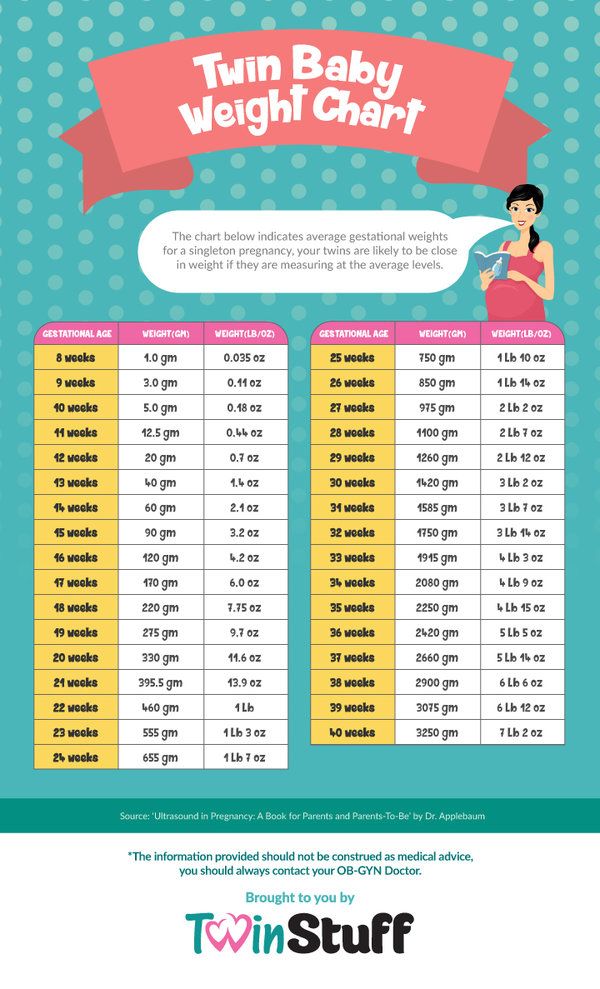
Unhealthy high calorie foods may lead to some gain in weight, but at the cost of nutrients. Moreover, when the child is full of unhealthy food, he or she won’t have the appetite for healthy foods. It also creates a dangerous addiction for high sugar or processed foods that can lead to various lifestyle diseases. At the same time, it is also important to include a good amount of protein, so that the extra calories are in the form of muscle mass and are not deposited as fat.
General Tips for Introducing healthy weight gain foods for babies
- Try introducing a new food every week, and follow the 3 Day Rule to watch out for food allergies.
- Continue to breastfeed exclusively till 6 months and for as long as possible after that
- Introduce the foods in the list below only after the baby has started a solid diet, after 6 months
- Don’t stress.
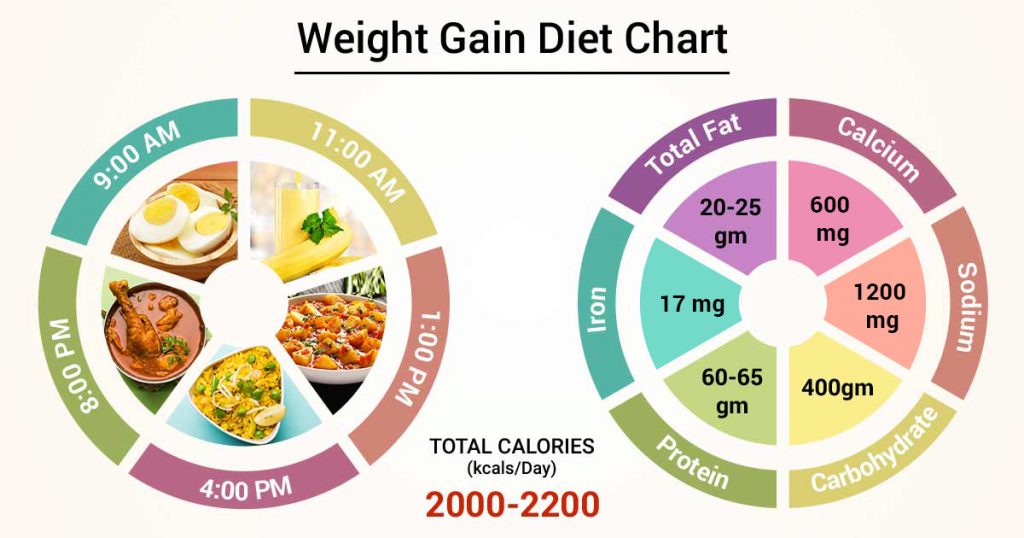 Babies can catch on to this stress and fuss more when feeding
Babies can catch on to this stress and fuss more when feeding - Be patient and don’t expect immediate weight gain.
Here are 20 healthy weight gain foods for babies
1. Breast Milk
Breast milk is the best source of weight gain for babies till one year. Follow the WHO recommendation of breastfeeding your baby exclusively for the first six months and frequently after that. When breastfeeding, make sure you empty one breast completely before moving to the next. This is because the milk the baby gets at the beginning of the feeding is the thinner fore milk, and the fat-rich hind milk comes after that. Food for 6 month baby to gain weight is mostly breastmilk at this stage. But after the completion of 6 months you can start slowly increasing the below foods.
How to increase baby weight with Traditional Indian Baby Foods ?
Your baby is more likely to take to the traditional food of your area, and most of these are excellent for weight gain.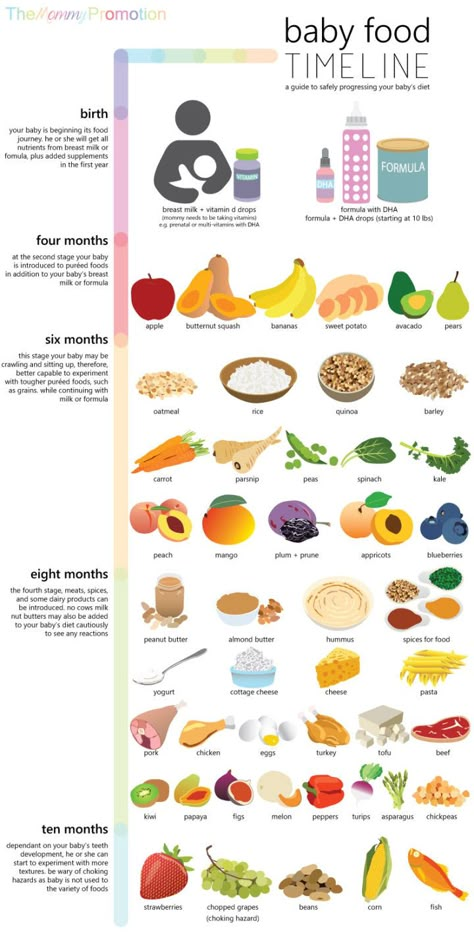 Here are the most popular weight gaining baby foods listed below.
Here are the most popular weight gaining baby foods listed below.
2. Ragi
Ragi or Finger Millet is a traditional baby food that’s quite popular in South India. While being rich in protein and calcium it is also one of the best weight gaining foods for babies. Ragi is also a good source of dietary fiber, protein and Vitamins B1, B2 and B6.
These recipes are easy ways to feed your baby ragi:
- Ragi Porridge
- Apple Ragi Porridge
- Ragi Cake
- Ragi Dosa
- Ragi Idli
- Ragi Ladoo
- Ragi Kheer
- Ragi Roti
- Ragi Cookies
Sprouted Ragi Powder is doubly nutritious, since the sprouting makes the nutrients in ragi more bio-available, which means your baby’s body will be able to absorb them better. If you’re a new Mom and don’t have the time to prepare this powder from scratch, you can order 100% Organic Ragi and have it delivered to your doorstep.
3. Health Mixes
Our grandmothers relied on health mixes they made from home, sprouting, roasting and grinding a variety of wholesome ingredients. As you can imagine, they were far nutritious to commercial baby food mixes, in both taste and health. They are also more effective in helping baby gain weight. These mixes combine the goodness of cereals, nuts and pulses, and can be modified to make different variations.
As you can imagine, they were far nutritious to commercial baby food mixes, in both taste and health. They are also more effective in helping baby gain weight. These mixes combine the goodness of cereals, nuts and pulses, and can be modified to make different variations.
Sathumaavu Health Mix is an immensely popular health mix powder, made with over ten ingredients and a careful process of roasting each one of them separately before grinding. Click here to get the mix delivered to your home.
Sprouted Health Mix or Sprouted Sathu Maavu Mix is another healthy version where all the ingredients are sprouted and ground to a powder. You can spare yourself the trouble of sprouting and grinding and get homemade Sprouted Sathumaavu Mix delivered to your doorstep
Millet Sathumaavu Mix includes different kinds of millet among its ingredients, making this a great option for weight gain in babies. You can get this the easy way by ordering it here.
No time to buy all these ingredients and make this powder at home? Don’t worry, we prepare it hygienically and ship it to your doorstep
Buy Now
4.
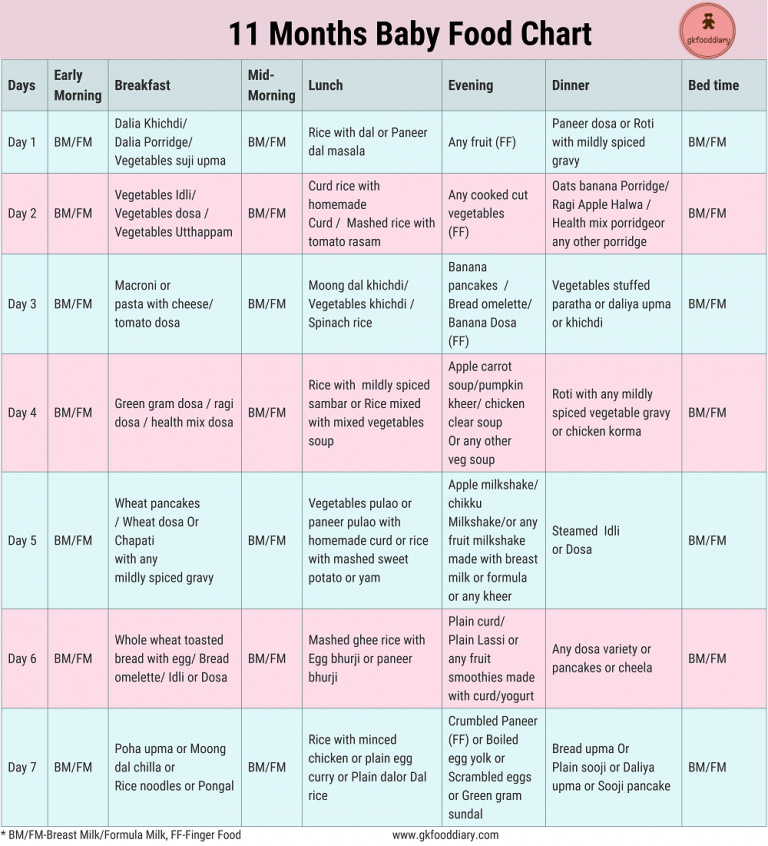 Kerala Banana
Kerala BananaWhen looking for healthy high calorie foods, you needn’t look much further than Kerala bananas or green plantains. Besides, they are also rich in potassium, calcium and phosphorous and have a good amount of dietary fiber to add bulk and aid digestion. These bananas are also quite versatile, and there are many Kerala banana recipes you can make with them, out of both the raw and ripe versions.
If you are worried about giving babies bananas during cold , then you can try making a raw Kerala Banana powder for your little one. If you have trouble finding the bananas or don’t have the time to spare for preparing it, our Raw Kerala Banana Powder can make life much easier for you.
Check out these Raw Kerala Banana Powder Recipes for your baby:
- Banana Halwa for Babies
- Banana Fritters for Babies and Toddlers
- Coconut Banana Kheer/Payasam for babies
5. Pear
Along with apples, pears can be introduced as one of baby’s first solid foods. Pears have the benefit of aiding weight gain while providing important nutrients like iron, Vitamins B6 and C as well as lots of dietary fiber that also keeps the baby full.
Pears have the benefit of aiding weight gain while providing important nutrients like iron, Vitamins B6 and C as well as lots of dietary fiber that also keeps the baby full.
6. Banana
Bananas are among the most popular first foods for babies for a variety of reasons. They are naturally sweet, can be mashed without any equipment and don’t require cooking. They’re also an excellent travel food for babies and kids. Being an energy dense fruit makes it ideal for helping babies gain weight, and it also provides dietary fiber, potassium, as well as other minerals and vitamins.
The best way to introduce bananas to babies over 6 months is as Banana Puree. Bananas can also be added to other fruit purees like strawberry or kiwi. After 8 months it can be given as pancakes or mixed in porridge, or you can try out one of these banana recipes for babies under one year.
Once your child turns one, you can try out a variety of banana recipes:
- Banana Sathumaavu Muffins
- Banana Omelette
- Ragi Banana Pancakes
- Banana Coconut Oats Porridge
- Banana Oats Pancakes
- Banana Breakfast Bars
- Banana Coconut French Toast
- Banana Oatmeal Cookies
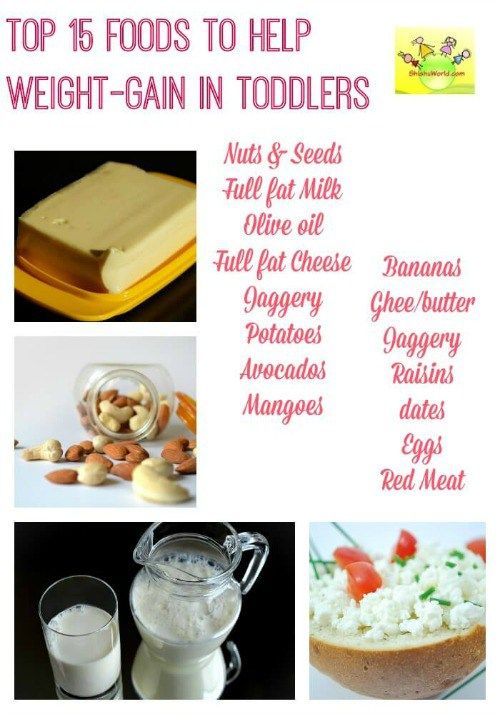 Avocado
AvocadoWhile avocado isn’t native to India, today it’s quite popular in many Indian homes. Also known as butterfruit or Makhan Phal, avocado is a fruit with numerous health benefits, which is why nutrition experts across the world recommend them. The creamy buttery texture makes it palatable for babies and the healthy fats encourage good growth and development. Avocado can be introduced after 6 months of age as puree, and after 1 year as milkshakes and smoothies.
8. Peas
Peas are among the most nutritious vegetables that can be introduced as baby’s first solid food, after crossing 6 months. It is very high in dietary fiber, thiamine, vitamin C and high in magnesium, niacin, phosphorous and Vitamins A, B6.
Peas can be given as Peas Puree, Peas Khichdi and as Vegetable soup.
9. PotatoPotato makes an excellent first food for babies. It has a soft consistency, is easily mashable and is also the least allergenic food. Start with a small quantity as some babies may develop tummy upset due to gas.
Start with a small quantity as some babies may develop tummy upset due to gas.
The potato is rich in minerals, vitamins and also an assortment of phytochemicals such as carotenoids and natural phenols. Potatoes are best known for their carbohydrate content, with a medium sized potato containing about 26 gms.
Potato can be given as puree, in khichdi or in soup.
10. Sweet Potatoes
Sweet Potatoes are an excellent first food for the baby. It can be given from 6 months of age.
Sweet Potatoes are very low in saturated fat, high in dietary fiber, magnesium and potassium, vitamin B6 and very high in Vitamin A and C. They can be given as purees, sweet potato khichdi, pancake and as soups.
11. Dry Fruits
Dry fruits include almond, pistachio, fig, cashew are energy dense and non-fattening.
The dry fruits can be powdered and mixed in almost all the foods, other forms by which it can be given are almond milk, dry fruit snack bar, dry fruit laddu.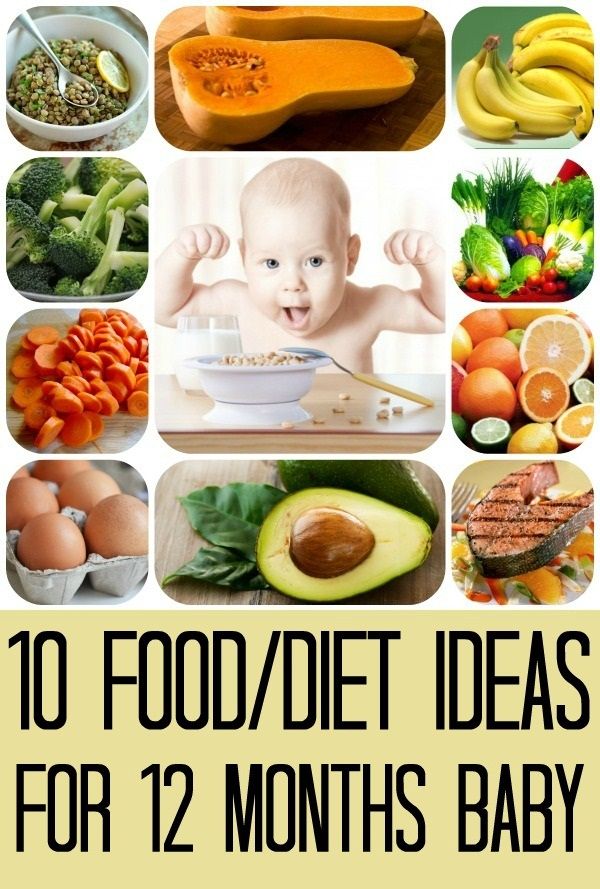
You can either make the dry fruits powder at home with this recipe or order homemade dry fruits powder online.
Please note, dry fruits may cause allergy in some babies, follow the 3 Day Rule while introducing any new food.
12. Cow’s Milk (after 1 year)
Milk is one of the healthiest foods for children over one year, with a single cup having a multitude of beneficial nutrients. Please remember that infants under 12 months cannot digest milk. Whole milk is recommended till the child turns two, since the fat is essential for proper physical and mental development. About two servings a day is ideal for kids under four, which is about a cup of milk or yogurt.
Dairy products like cheese, yogurt and others also help in a healthy weight gain, if used judiciously. Here is a look at the most commonly used dairy products in our homes.
13. Ghee
Our Desi Ghee is one of the best foods for weight gain, along with adding several other health benefits.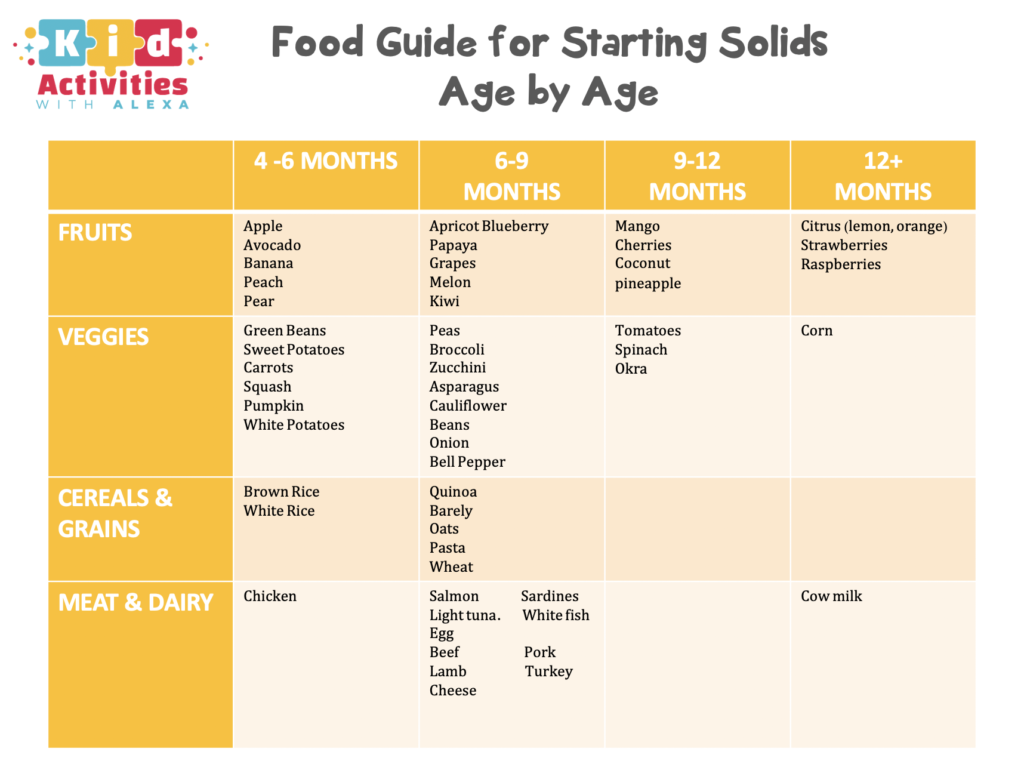 Traditional medicine recommends having a spoon of ghee a day for optimum health. Ghee is 32% MUFAs, or healthy fats that helps promote brain development in kids. It’s also anti inflammatory and good for a strong immune system.
Traditional medicine recommends having a spoon of ghee a day for optimum health. Ghee is 32% MUFAs, or healthy fats that helps promote brain development in kids. It’s also anti inflammatory and good for a strong immune system.
Ghee can be added to all baby food once the baby turns 7 months old. Start with a few drops of ghee at first and slowly increase the quantity, taking it up to a teaspoon per meal. Ghee can sometimes be very heavy for the baby, so please be moderate in its usage. For best results, make your own homemade ghee that is free of preservatives and chemicals. You can also try our ghee rice recipe for babies.
14. Paneer
Paneer is a form of Indian cottage cheese, and is quite popular in Indian households, especially as an alternative to animal protein. All kinds of cheese can help babies gain weight, while also providing important nutrients like phosphorous, calcium and selenium.
Cheeses like paneer can be given to babies after 8 months. It can served simply, as finger food, or mixed with pieces of fruit and vegetables.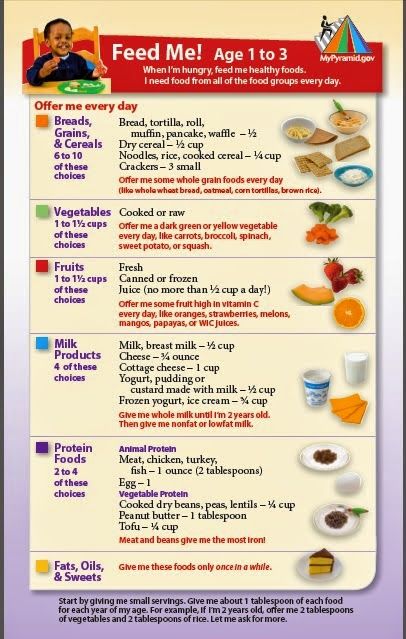 Other paneer recipes babies can try are Paneer Vegetable Puree, Pan fried Paneer Cubes, Fruity Paneer Puree or Flavored Paneer Cubes. For best results, make your own paneer at home.
Other paneer recipes babies can try are Paneer Vegetable Puree, Pan fried Paneer Cubes, Fruity Paneer Puree or Flavored Paneer Cubes. For best results, make your own paneer at home.
15. Healthy Oils
Studies show that babies are more familiar with flavors that the mother consumed during pregnancy, so feeding your baby the same foods helps him digest it better. That’s why it’s recommended to use whatever oils are common in your region, since they are ideal for the weather and your baby’s body constitution. For instance, gingelly oil is popular in Tamil Nadu, coconut oil in Kerala, mustard oil in West Bengal or sunflower oil in Punjab. The oil you commonly use in your household is the best cooking oil for your baby, and should help in weight gain and easy digestion.
We do recommend using cold pressed oils while cooking for your baby and for the entire family too since refined oils are highly processed and stripped off a lot of nutrients. Here are some cold pressed versions of the oils you generally use in your household:
- Cold pressed Virgin Coconut Oil
- Cold pressed Organic Mustard Oil
- Cold Pressed Gingelly/Sesame Oil
- Cold Pressed Organic Sunflower Oil
16.
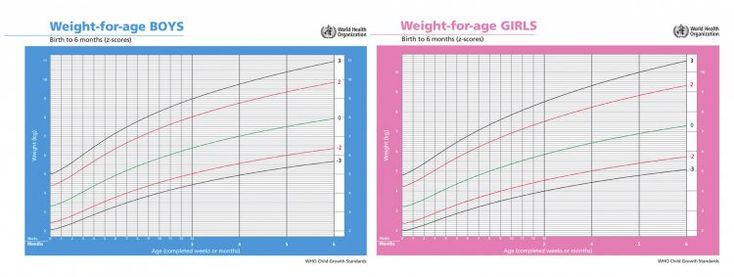 Health Drinks
Health Drinks
There are plenty of store bought options when it comes to health drinks; in fact it’s a complete industry in itself. However, nearly all the health drink powders you see on supermarket shelves are laden with added sugar, artificial flavors and loads of preservatives. While these may aid temporary weight gain, they also have several harmful effects on children’s health.
Stay away from these and opt for a health drink powder made with whole grains and lentils and is completely free from harmful additives and preservatives. Not only do these promote healthy weight gain and provide energy for growing children, they also enhance the taste and encourage fussy toddlers to drink milk. Many of these health drinks also have additional health benefits like healing effects during cough and cold, making up for nutrients lot during fussy eating, etc. There are several options you can try:
- Multigrain Health Drink Powder
- Banana Multigrain Drink
- Immunobooster Drink
- Sprouted Ragi Malt Drink
- Dates Smoothie Mix
- Natural Dried Dates Powder
- Masala Milk Magic
- Turmeric Milk Masala
You can also try some easy recipes with these health drinks.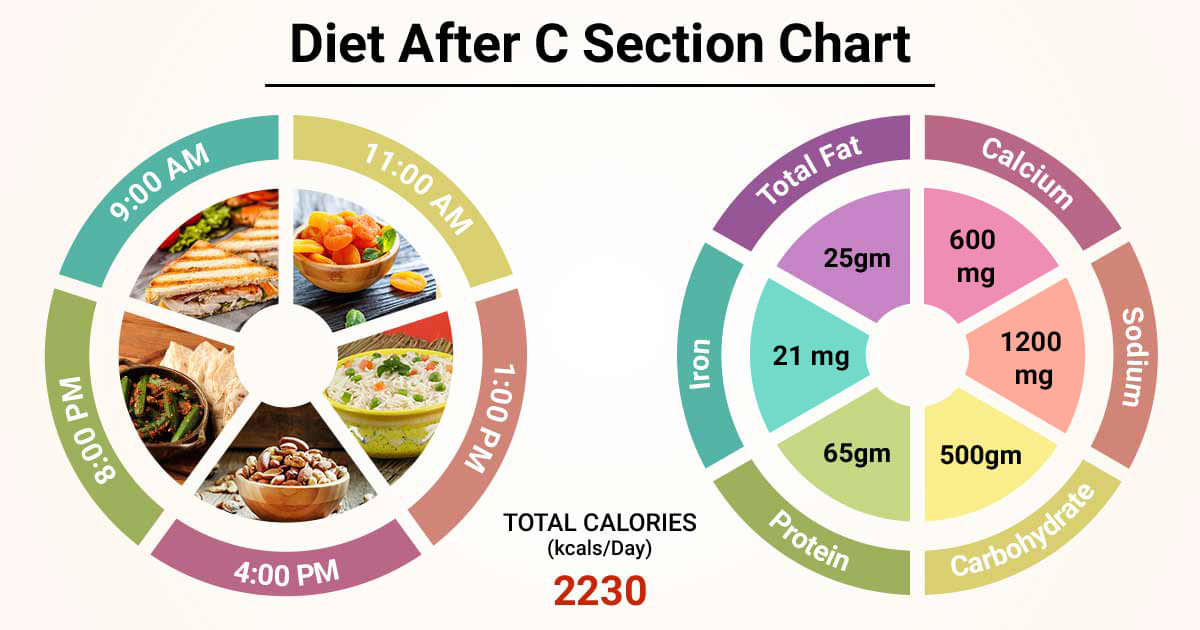 Here are some simple recipes with the Multigrain Health Drink Powder:
Here are some simple recipes with the Multigrain Health Drink Powder:
17. Eggs
Eggs can be given after 8 months of age, and are little powerhouses for nutrition. A single egg contains lots of protein, iron, choline, fat and other vitamins and minerals that your child needs for overall growth and development. Since the egg white has a higher chance of causing allergies, it’s best to start with the yolk first, and then introduce the white gradually.
One of the big advantages of eggs is that they are very easy to cook and can be included in a variety of recipes. Eggs are high in proteins and saturated fat. They can be boiled or scrambled, added to batter for toast or pancakes, or just tossed into any other dish. Here are some easy egg recipes for babies:
- Egg Yolk Vegetable Omelette
- Egg Yolk Scramble
- Egg Yolk Quinoa Stir Fry
- Egg Yolk Ragi Pancakes
- Egg Yolk Mash with Orange Juice
- Egg Drop Soup
18.
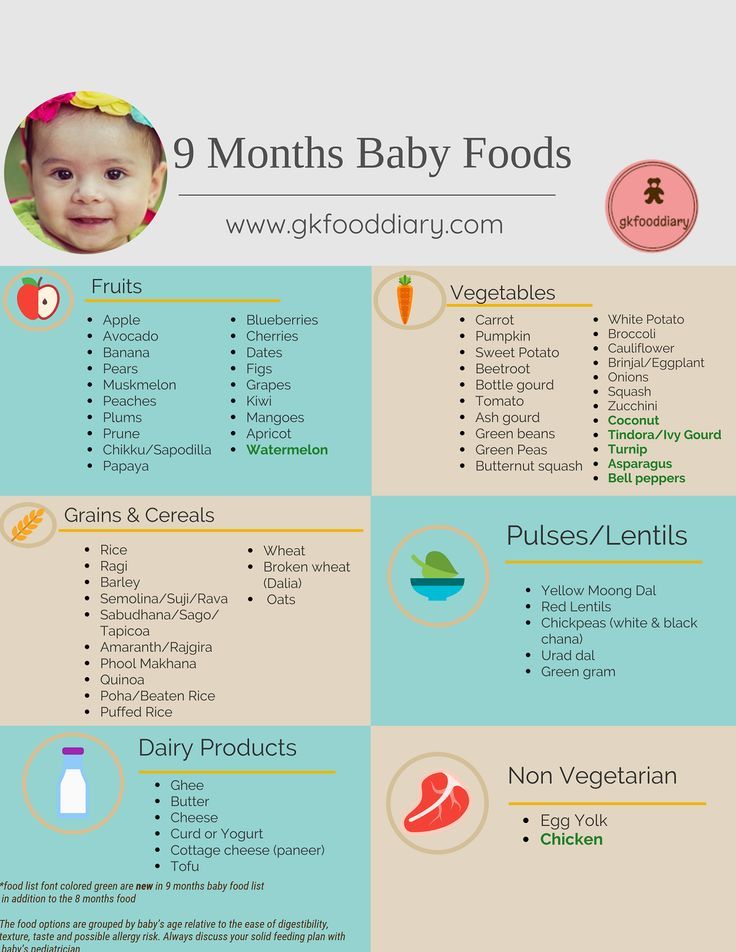 Lean Meats
Lean MeatsChicken is one of the best sources of lean meat for babies, and it has several health benefits besides helping babies reach a healthy weight. The high protein content aids growth and development, and the magnesium, phosphorous Vitamin B6 and B12 help in growing strong teeth and bones and in healthy functioning of the kidneys and nervous system.
Chicken can be given to babies once a week, and it’s best to start with boneless pieces like chicken breast. Chicken pieces can be boiled and fed as chicken puree, chicken stew, chicken soup or chicken rice. You can also make chicken stock and use it in baby’s dishes for extra taste and nourishment. Do check out our list of healthy chicken recipes for toddlers too.
19. Whole Grains
Whole grains are unrefined grains that have their outer layer intact, which means they add bulk to the diet and also help in better digestion and smoother bowel movements. The most commonly used whole grain in our country is likely to be whole wheat flour, or atta.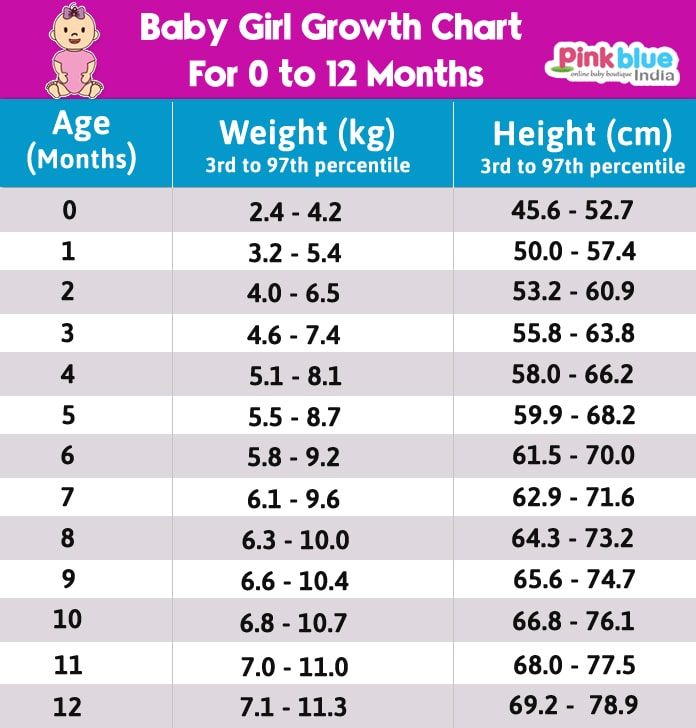 Whole wheat is also available in the form of broken wheat, also called dalia.
Whole wheat is also available in the form of broken wheat, also called dalia.
Babies can start having wheat early, unless there is a known history of celiac disease or gluten intolerance. Whole wheat can be given as Wheat Porridge, Wheat Soya Porridge, Broken Wheat Porridge, Groundnut Wheat Porridge, Green Gram Wheat Porridge, Wheat Dalia Porridge or Wheat Halwa.
If you’re strapped for time but still want to feed your baby a whole grain meal without compromising on nutrition, you can stock up on our whole wheat mixes for babies. It’s the perfect solution for busy mornings, tired evenings or when you aren’t well or need someone else to take over. Here are a few healthy options to try for babies under one:
- Banana Wheat Cereal
- Instant Wheat Dalia Moong Dal Powder
- Instant Wheat Dalia Elaichi Powder
For toddlers, you can check out these healthy wheat noodles and our full range of whole wheat recipes, from pancakes to parathas and snacks to desserts.
20. Oats
Oats has been hailed as a health food the world over, and it’s the top recommended food to treat a number of common ailments. Despite it’s reputation as the ideal food for weight watchers, it is actually perfect for indirectly improving weight gain in babies.
Oats is low in saturated fat and cholesterol and high in manganese, magnesium, thiamine and phosphorus. Oats is the only cereal containing a legume-like protein, and the immense fiber in oats help to add bulk to dishes. Babies can have oats after six months, and it is a food that can be enjoyed throughout life.
Oats is incredibly versatile and can be added to sweet or savory dishes. Here are a few oats recipes for babies under one:
- Oats Porridge
- Oats Kheer
- Apple Oats Porridge
- Oats Pancake
- Oats Khichdi
- Carrot Oats Porridge
- Savory Oats Porridge
Babies over one can have many more recipes with oats in different forms. Check out more easy and healthy oats recipes for babies and toddlers for more ideas to include in your little one’s diet.
Check out more easy and healthy oats recipes for babies and toddlers for more ideas to include in your little one’s diet.
To help your baby get the full benefit of oats, make sure to use 100% Organic oats in all your baby’s dishes. You can easily order it here, and get it delivered to your doorstep. Here are a few convenient Oats mixes that your baby can have when you’re too busy or tired to create a full meal from scratch:
- Organic Oatmeal
- Quick Oats Cereal
- Banana Oats Cereal
- Banana Oats Pancake Mix
Wondering whether you should buy a high chair or a booster seat for your baby? Check out our detailed post – High Chair or Booster Seat: Your Ultimate Guide to Buying a Feeding Chair.
A One Stop Solution for Healthy Weight Gain Recipes for Babies
Even if you know what foods you should feed your baby for healthy weight gain, trying to figure out how to include healthy weight gain foods for babies in your baby’s diet can be confusing, especially if your baby is under one and you don’t know if he or she is ready for a certain food. Take away the guesswork and unnecessary ‘googling’, with the help of a one stop solution for all your weight gain woes – the Chubby Cheeks Recipe Book!
Take away the guesswork and unnecessary ‘googling’, with the help of a one stop solution for all your weight gain woes – the Chubby Cheeks Recipe Book!
The Chubby Cheeks Recipe book has been written with Moms like you in mind, who want to feed their baby healthy, nutritious meals, while also including variety and ensuring he or she gets the nutrients needed at that age. All the recipes in this book have proper age recommendations as well as nutritional benefits listed out, so you know exactly what your baby can have. Most of the recipes use only a handful of ingredients, which means you don’t need to slog all day in the kitchen to prepare a single meal!
The Chubby Cheeks Recipe book is an eBook, which means you get it instantly, as soon as you place your order. Order now and you can get 20% percent off the price of the book!
We also have a Chubby Cheeks Combo based on the recipes in the book, including the best of our healthy weight gain products.
You can also check out a list of healthy weight gain foods for babies, specially created for babies and toddlers according to age. Each and every one of these is carefully made by hand under the strictest hygiene conditions and use only the best quality ingredients. So what you get is 100% natural goodness and zero preservatives or chemicals or any kind whatsoever.
You can download a list of these healthy weight gain foods for babies in a handy pdf format here.
For more healthy recipes for every meal of the day and for every age group, please check out the Recipe Index.
Check out our Quick Energy Boosting Tips for your Baby/Toddler which will help your baby get the extra nutrition she needs. You can download it here.
Common FAQs on Healthy Weight Gain for Babies
Which food is best for baby weight gain?
For babies less than 6 months, Breast milk is the best weight gaining food.
For babies above 6 months, along with breastfeeding , you can introduce these weight gaining foods listed in this article
How can I increase my baby’s weight?
Ensure your baby has a high calorie-dense diet .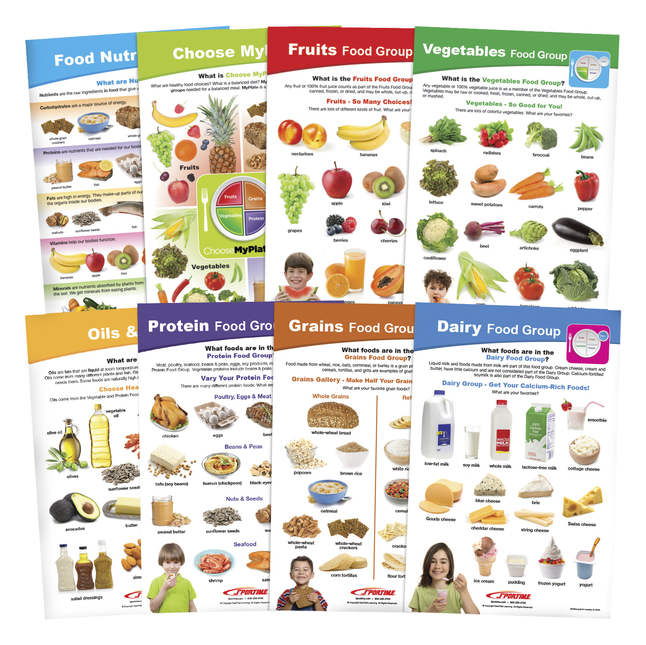 The reason is that the extra calories will assist in weight gain, even though calories are burnt during playing, being very active et. It is critical to ensure that your baby’s diet includes healthy and nutritious foods rather than foods with empty calories. You can refer to high calorie energy dense healthy weight gain food for babies in this article.
The reason is that the extra calories will assist in weight gain, even though calories are burnt during playing, being very active et. It is critical to ensure that your baby’s diet includes healthy and nutritious foods rather than foods with empty calories. You can refer to high calorie energy dense healthy weight gain food for babies in this article.
What foods help a child gain weight?
Healthy energy dense foods like ragi, banana, eggs, meat, oats etc, more foods are covered in this article
Does PediaSure gain weight?
We do not advice Pediasure for babies and kids as they are loaded with additives, sugar, and many other ingredients that you wouldn’t want in your baby’s food. Reference article
Which syrup is best for weight gain in babies?
Instead of relying on syrups for weight gain in babies, offer your baby high calorie natural healthy weight gain foods listed in this article.
References:
1. http://www.who.int/childgrowth/en/
2.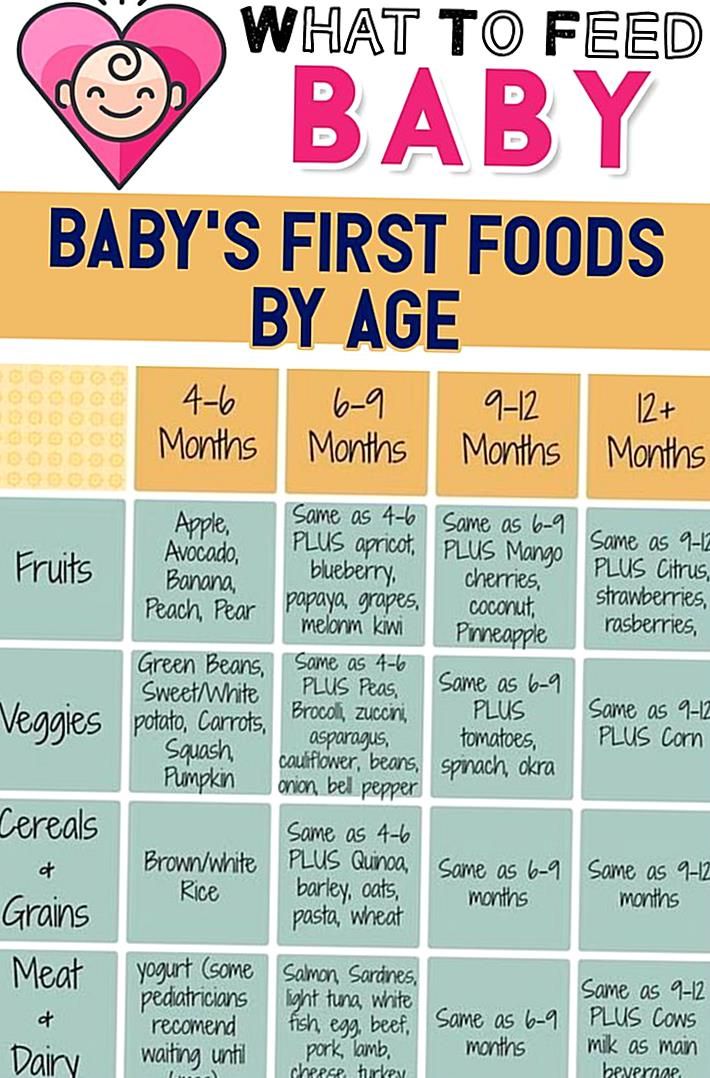 http://www.who.int/childgrowth/standards/en/
http://www.who.int/childgrowth/standards/en/
3. http://www.who.int/childgrowth/standards/weight_for_age/en/
4. http://www.who.int/childgrowth/publications/timetypefreq/en/
5. http://en.wikipedia.org/wiki/Olive_oil#Constituents
What is your greatest concern regarding your baby’s weight gain? Do let us know by commenting below.
✕
Download the Energy Boosting Tips for Kids FREE!!
Worried about your Baby / Toddler not gaining Weight?
Get these tried and tested tips that will help feeding energy boosting foods to your kid for FREE!
First Name
Email Address
We use this field to detect spam bots. If you fill this in, you will be marked as a spammer.
Powered by ConvertKitBuy Healthy Nutritious Baby, Toddler food made by our own Doctor Mom !
Shop now!Height and weight gain for children of the first year of life. Tables
Dear parents, your baby is growing and you are worried about whether he is gaining enough weight and height.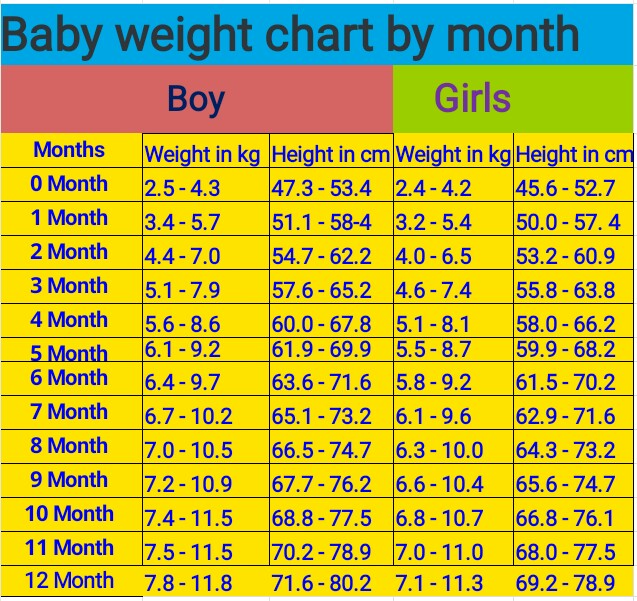 For control, there are centile tables for assessing the physical development of children, weight and height indicators. At the same time, you must remember that each baby is individual, he cannot grow according to the textbook. These weight and height recommendations are based on an average number of children and 10% deviation is normal. In addition, the centile corridor from 25% to 75% is an average physical indicator. That is why they say: Physical development is mesosomatic, macrosomatic, microsomatic.
For control, there are centile tables for assessing the physical development of children, weight and height indicators. At the same time, you must remember that each baby is individual, he cannot grow according to the textbook. These weight and height recommendations are based on an average number of children and 10% deviation is normal. In addition, the centile corridor from 25% to 75% is an average physical indicator. That is why they say: Physical development is mesosomatic, macrosomatic, microsomatic.
It is important that the weight and height indicators are in the same centile corridor, but no more than two adjacent ones. Then we can talk about harmonious development. If the gap is more than two centile corridors, the development is disharmonious. Then we can think either about an unbalanced diet or about a pathology associated with obesity (paratrophy), or protein-energy deficiency (hypotrophy). In addition, one should not forget about the constitutional characteristics of the child, about genetic predisposition. Therefore, in no case should you compare your child with a neighbor's. To talk about the health of a child, we evaluate his condition according to many criteria. This is neuropsychic development, laboratory examination data, anamnesis, heredity. How many times in my practice have I met children who gained 400-450 g in weight every month, by the year they barely gained 7.8-8 kg. But at the same time, children already at 10 months began to walk, pronounce syllables, and follow complex instructions.
Therefore, in no case should you compare your child with a neighbor's. To talk about the health of a child, we evaluate his condition according to many criteria. This is neuropsychic development, laboratory examination data, anamnesis, heredity. How many times in my practice have I met children who gained 400-450 g in weight every month, by the year they barely gained 7.8-8 kg. But at the same time, children already at 10 months began to walk, pronounce syllables, and follow complex instructions.
We'll talk about weight and height gain for term babies. In preterm infants, rates of weight gain and height differ according to the degree of prematurity. In addition, children can be born with intrauterine malnutrition.
The tables for girls and boys are different in terms of numerical indicators, but at 1 year of age, these differences are quite minimal.
Centile tables for assessing the physical development of girls from 0 to 12 months.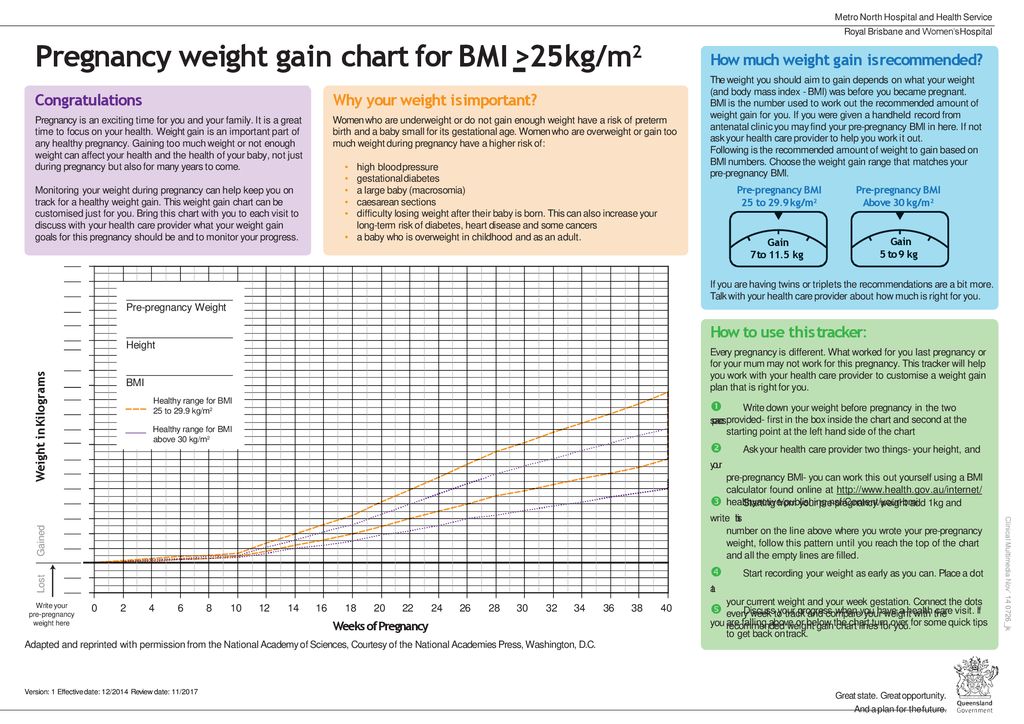
| Body length (height), cm. Centiles in % | Age in months | Body weight, kg. Centiles in % | ||||||||||||
| 3 | ten | 25 | fifty | 75 | 90 | 97 | 3 | ten | 25 | fifty | 75 | 90 | 97 | |
| 45.8 | 47.5 | 49.8 | 50.7 | 52.0 | 53.1 | 53.9 | 0 | 2.6 | 2.8 | 3.0 | 3. | 3.7 | 3.9 | 4.1 |
| 48.5 | 50.3 | 52.1 | 53.5 | 55.0 | 56.1 | 57.3 | one | 3.3 | 3.6 | 3.8 | 4.2 | 4.5 | 4.7 | 5.1 |
| 51.2 | 53.3 | 55.2 | 56.8 | 58.0 | 59.3 | 60.6 | 2 | 3.8 | 4.2 | 4.5 | 4.8 | 5.2 | 5.5 | 5.9 |
| 54. | 56.2 | 57.6 | 59.3 | 67.7 | 61.8 | 63.6 | 3 | 4.4 | 4.8 | 5.2 | 5.5 | 5.9 | 6.3 | 6.7 |
| 56.7 | 58.4 | 60.0 | 61.2 | 62.8 | 64.0 | 65.7 | four | 5.0 | 5.4 | 5.8 | 6.2 | 6.6 | 7.0 | 7.5 |
| 59.1 | 60.8 | 62.0 | 63.8 | 65. | 66.0 | 68.0 | 5 | 5.5 | 5.9 | 6.3 | 6.7 | 7.2 | 7.7 | 8.1 |
| 60.8 | 62.5 | 64.1 | 65.5 | 67.1 | 68.8 | 70.0 | 6 | 5.9 | 6.3 | 6.8 | 7.3 | 7.8 | 8.3 | 8.7 |
| 62.7 | 64.1 | 65.9 | 67.5 | 69.2 | 70.4 | 71.9 | 7 | 6. | 6.8 | 7.3 | 7.7 | 8.4 | 8.9 | 9.3 |
| 64.5 | 66.0 | 67.5 | 69.0 | 70.5 | 72.5 | 73.7 | eight | 6.7 | 7.2 | 7.6 | 8.2 | 8.8 | 9.3 | 9.7 |
| 66.0 | 67.5 | 69.1 | 70.2 | 72.0 | 74.1 | 75.5 | 9 | 7.1 | 7.5 | 8.0 | 8.6 | 9. | 9.7 | 10.1 |
| 67.5 | 69.0 | 70.3 | 71.9 | 73.2 | 75.3 | 76.8 | ten | 7.4 | 7.9 | 8.4 | 9.0 | 9.6 | 10.1 | 10.5 |
| 68.9 | 70.1 | 71.5 | 73.0 | 74.7 | 76.5 | 78.1 | eleven | 7.7 | 8.3 | 8.7 | 9.3 | 9.9 | 10.5 | 10.9 |
| 70. | 71.4 | 72.8 | 74.1 | 75.8 | 78.0 | 79.6 | 12 | 8.0 | 8.5 | 9.0 | 9.6 | 10.2 | 10.8 | 11.3 |
At the same time, until the age of three months, the child adds 20-30 grams per day daily, respectively, from 140 to 200 per week. If we talk about the average weight gain by months, then it is only 600 g per month, since the child after birth has physiological weight loss (with urine, feces, transition from intrauterine feeding to breastfeeding during the adaptation period), approximately 10% of the weight, which is 200-300 grams.
More often, by 3-4 days, the child restores its original weight, and then there is an increase. But I had a case in practice when the child began to gain weight from the 20th day of life, while the girl was active, reflexes were alive, her appetite was good, she could withstand the night interval, stool 4-5 times a day, urination was sufficient, developed according to age. Therefore, do not worry. Our indicator is the well-being of the child. If the baby is active, eats with appetite, sleep is calm, the skin is clean, physiological functions are not disturbed, be calm, your baby is healthy and not hungry. You see from the table the range of weight per year is from 8 to 13 kg. This is the norm. There is no reason to run to the endocrinologist, genetics, to examine the child.
But I had a case in practice when the child began to gain weight from the 20th day of life, while the girl was active, reflexes were alive, her appetite was good, she could withstand the night interval, stool 4-5 times a day, urination was sufficient, developed according to age. Therefore, do not worry. Our indicator is the well-being of the child. If the baby is active, eats with appetite, sleep is calm, the skin is clean, physiological functions are not disturbed, be calm, your baby is healthy and not hungry. You see from the table the range of weight per year is from 8 to 13 kg. This is the norm. There is no reason to run to the endocrinologist, genetics, to examine the child.
Or the opposite situation: in the first months of life, a child gains 1-1.5 kg while breastfeeding. If the baby does not have colic, he does not spit up, there are no gastrointestinal manifestations, he is active, the skin is clean, physiological functions are not disturbed - this is also the norm. Remember, as often happens, premature babies quickly gain weight and catch up with their peers by the year. And large babies gain weight more slowly. In my entire thirty-year practice, only two children weighed 14-15 kg by the year, although their parents were large and tall. By the age of three, they weighed almost the same, added only in height, the rest of their peers caught up with them.
Remember, as often happens, premature babies quickly gain weight and catch up with their peers by the year. And large babies gain weight more slowly. In my entire thirty-year practice, only two children weighed 14-15 kg by the year, although their parents were large and tall. By the age of three, they weighed almost the same, added only in height, the rest of their peers caught up with them.
| Month | Weight gain in grams |
| one | 600.0 |
| 2 | 800.0 |
| 3 | 800.0 |
| four | 750.0 |
| 5 | 700.0 |
| 6 | 650.0 |
| 7 | 600.0 |
| eight | 550. |
| 9 | 500.0 |
| ten | 450.0 |
| eleven | 400.0 |
| 12 | 350.0 |
It is believed that by 4-4.5 months the child should double the weight, and triple by the end of the year.
It happens that the increase in height and weight goes in leaps, seasonality, unevenness, and sometimes asymmetry of growth are noted. Pediatricians are concerned about the circumference of the head and chest, by 2-3 months they should be equal. Further, the breast grows faster. This is important so as not to miss the pathology.
The younger the child, the faster his growth. In the first 3 months of life, body length increases by 3 cm monthly, in the second quarter by 2.5-2 cm monthly. In the third - 1.5-2 cm, in the fourth - 1 cm monthly.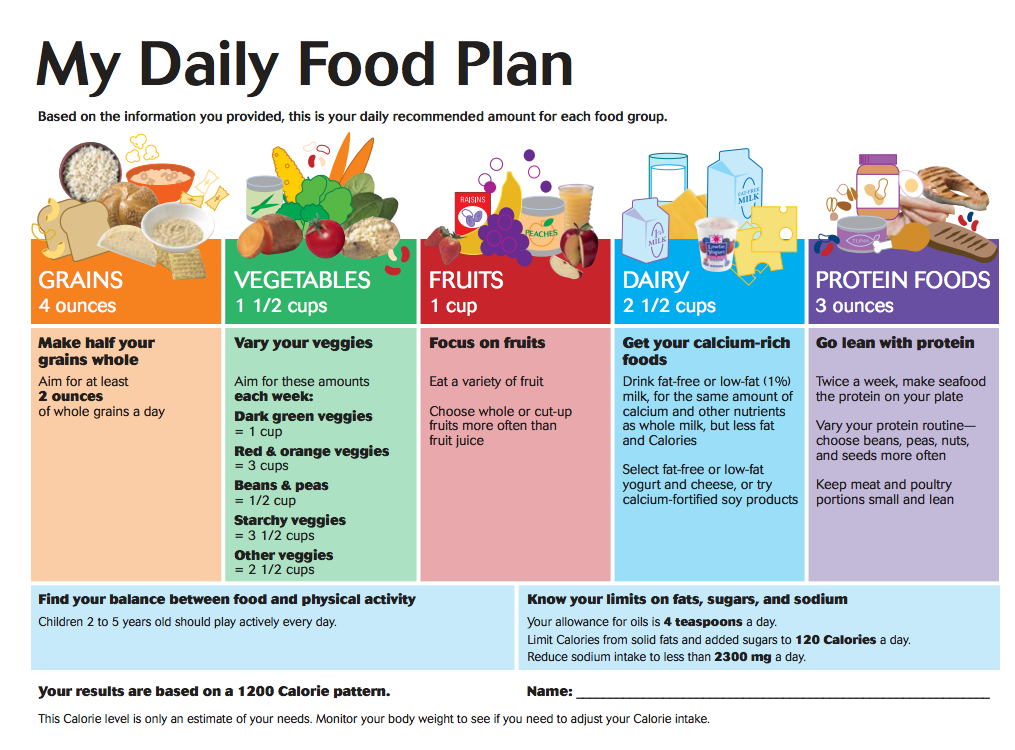 The total increase in height in the first year of life is about 25 cm.
The total increase in height in the first year of life is about 25 cm.
Centile tables for assessing the physical development of boys from 0 to 12 months.
| Body length (height), cm. Centiles in % | Age in months | Body weight, kg Centiles in % | ||||||||||||
| 3 | ten | 25 | fifty | 75 | 90 | 97 | 3 | ten | 25 | fifty | 75 | 90 | 97 | |
| 46.5 | 48.0 | 49.8 | 51.3 | 52.3 | 53.5 | 55. | 0 | 2.7 | 2.9 | 3.1 | 3.4 | 3.7 | 3.9 | 4.4 |
| 49.5 | 51.2 | 52.7 | 54.5 | 55.6 | 56.5 | 57.3 | one | 3.3 | 3.6 | 4.0 | 4.3 | 4.7 | 5.1 | 5.4 |
| 53.6 | 53.8 | 55.3 | 57.3 | 58.2 | 59.4 | 60.9 | 2 | 3.9 | 4.2 | 4. | 5.1 | 5.6 | 6.0 | 6.4 |
| 55.3 | 56.5 | 58.1 | 60.0 | 60.9 | 62.0 | 63.8 | 3 | 4.5 | 4.9 | 5.3 | 5.8 | 6.4 | 7.0 | 7.3 |
| 57.5 | 58.7 | 60.6 | 62.0 | 63.1 | 64.5 | 66.3 | four | 5.1 | 5.5 | 6.0 | 6.5 | 7.2 | 7.6 | 8. |
| 59.9 | 61.1 | 62.3 | 64.3 | 65.6 | 67.0 | 68.9 | 5 | 5.6 | 6.1 | 6.5 | 7.1 | 7.8 | 8.3 | 8.8 |
| 61.7 | 63.0 | 64.8 | 66.1 | 67.7 | 69.0 | 71.2 | 6 | 6.1 | 6.6 | 7.1 | 7.6 | 8.4 | 9.0 | 9.4 |
| 63.8 | 65.1 | 66. | 68.0 | 69.8 | 71.1 | 73.5 | 7 | 6.6 | 7.1 | 7.6 | 8.2 | 8.9 | 9.5 | 9.9 |
| 65.5 | 66.8 | 68.1 | 70.0 | 71.3 | 73.1 | 75.3 | eight | 7.1 | 7.5 | 8.0 | 8.6 | 9.4 | 10.0 | 10.5 |
| 67.3 | 68.2 | 69.8 | 71.3 | 73.2 | 75.1 | 75. | 9 | 7.5 | 7.9 | 8.4 | 9.1 | 9.8 | 10.5 | 11.0 |
| 68.8 | 69.1 | 71.2 | 73.0 | 75.1 | 76.9 | 78.8 | ten | 7.9 | 8.3 | 8.8 | 9.5 | 10.3 | 10.9 | 11.4 |
| 70.1 | 71.3 | 72.6 | 74.3 | 76.2 | 78.0 | 80.3 | eleven | 8.2 | 8.6 | 9. | 9.8 | 10.6 | 11.2 | 11.8 |
| 71.2 | 72.3 | 74.0 | 75.5 | 77.3 | 79.7 | 81.7 | 12 | 8.5 | 8.9 | 9.4 | 10.0 | 10.9 | 11.6 | 12.1 |
In the second year of life, the child should gain 2-2.5 kg in weight, grow by 8-10 cm.
Thank you for your attention.
Norms of weight gain in children of the first year of life
How to understand that the baby receives enough nutrition and develops harmoniously? One of the most reliable indicators is the weight gain and height of the child per month. In this article, we will tell you what increase by month is considered optimal, and how to weigh the baby correctly.
In this article, we will tell you what increase by month is considered optimal, and how to weigh the baby correctly.
In the early months of breastfeeding (especially if the baby is restless) it can be difficult to know if the baby is getting enough milk. Some mothers, at the first signs of "malnutrition", such as a long "hanging" on the chest and frequent crying, introduce a mixture into the diet.
But in fact, these signs may be completely unrelated to the amount of milk. There are several ways to make sure your baby is getting enough nutrients to grow and develop harmoniously. The simplest and most reliable of them is the assessment of the monthly weight gain and growth of the child.
It is believed that by the age of 4–5 months, the growth of a child at birth should double, and by the end of the first year, triple and reach 10–11 kg. Children gain growth a little more slowly, in the first quarter, 3 cm per month, in the second quarter, 2.5 cm each, in the third quarter, 1. 5–2 cm, and in the 4th quarter, 1 cm each. Thus, the average increase per year will be about 25 cm (about 50% of birth height).
5–2 cm, and in the 4th quarter, 1 cm each. Thus, the average increase per year will be about 25 cm (about 50% of birth height).
Norms of weight gain in children
The optimal increase according to the WHO standards and the standards of the Russian pediatric school are somewhat different.
Domestic doctors use 2 methods for assessing weight gain in babies under one year old. In practice, the former is more often used.
| Age | 1st way | 2nd method |
|---|---|---|
| 1st month | 600 g | 600 g |
| 2nd month | 800 g | 800 g |
| 3rd month | 800 g | 800 g |
| 4th month | 750 g | 800 g |
| 5th month | 700 g | 800 g |
| 6th month | 650 g | 800 g |
| 7th month | 600 g | 400 g |
| 8th month | 550 g | 400 g |
| 9th month | 500 g | 400 g |
| 10th month | 450 g | 400 g |
| 11th month | 400 g | 400 g |
| 12th month | 350 g | 400 g |
| per year | 7,150 g | 7000 g |
According to the World Health Organization (WHO), the average monthly weight gain for boys per year should be from 3. 5 to 9.2 kg, and for girls from 3.1 to 8.5.*
5 to 9.2 kg, and for girls from 3.1 to 8.5.*
| Age | Boys | Girls | ||||
|---|---|---|---|---|---|---|
| Lower limit | Average value | Upper limit of normal | Lower limit | Average value | Upper limit of normal | |
| 1st month | 681 | 1023 | 1,336 | 602 | 879 | 1171 |
| 2nd month | 886 | 1,196 | 1524 | 734 | 1011 | 1301 |
| 3rd month | 577 | 815 | 1071 | 494 | 718 | 952 |
| 4th month | 403 | 617 | 845 | 376 | 585 | 804 |
| 5th month | 311 | 522 | 746 | 286 | 489 | 703 |
| 6th month | 217 | 422 | 640 | 203 | 401 | 611 |
| 7th month | 154 | 357 | 573 | 146 | 344 | 555 |
| 8th month | 111 | 316 | 535 | 109 | 311 | 526 |
| 9th month | 77 | 285 | 508 | 70 | 273 | 489 |
| 10th month | 48 | 259 | 486 | 41 | 245 | 464 |
| 11th month | 27 | 243 | 478 | 24 | 233 | 459 |
| 12th month | 15 | 239 | 484 | 15 | 232 | 467 |
| Year | 3,507 | 6 294 | 9 226 | 3 100 | 5721 | 8502 |
* Body weight growth rate according to WHO.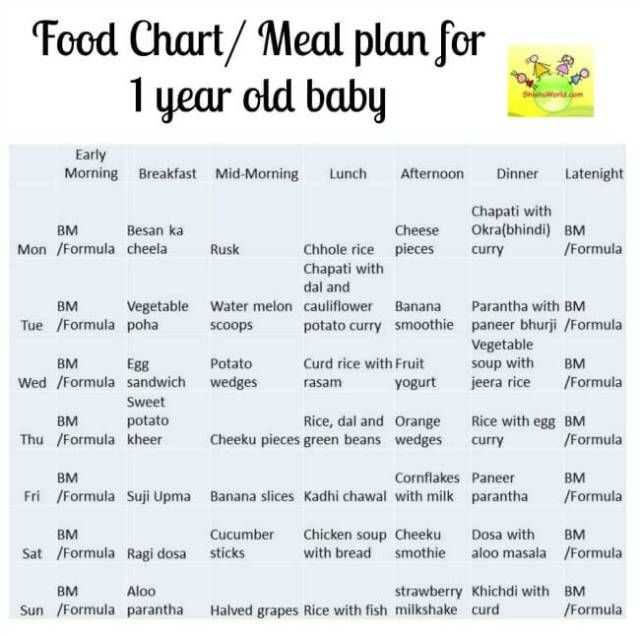 The corridor from 15 to 85 centile was taken as the norm.
The corridor from 15 to 85 centile was taken as the norm.
Physiological weight loss in newborns
In the first days, almost all children lose 5-8% (sometimes more, up to 10%) of their birth weight. This is due to the removal of excess fluid and meconium from the baby's body, a small total amount of milk from the mother in the first 2-3 days, and drying out of the umbilical process. However, the nutritional value of the first breast milk - colostrum - is very high and a very small amount of it is enough for a child to meet all nutritional needs. Therefore, do not worry that the child in the first days of life will not have enough breast milk. As a rule, by the 7-8th day of life, by a maximum of 11-12, the weight is restored to the initial one. Gain in the first month is calculated in relation to birth weight, and not to the minimum weight after physiological loss.
How to weigh a child
- Weigh your child on a baby scale, adults are not accurate enough for this.
 Today there is a huge selection of special scales for babies, and it is not at all necessary to buy them, it is more reasonable to borrow from friends or rent them.
Today there is a huge selection of special scales for babies, and it is not at all necessary to buy them, it is more reasonable to borrow from friends or rent them. - Weigh the baby without a diaper and clothes at the same time, preferably in the morning before the first feeding.
- Before weighing, place a diaper on the scale and weigh it separately. Then the weight of the diaper will need to be subtracted from the weight of the child.
- Keep the baby's limbs in the weighing tray when weighing. Children who can already sit can be weighed while sitting.
How often to weigh your baby
Do not weigh your baby more than once a week. Daily weighing will not give an objective picture - children can add weight unevenly, in jumps, but they will almost certainly contribute to the development of their mother's anxiety.
When evaluating the increase, be guided by the following indicators: from the 2nd to the 4th week of life, the baby should add 150-250 g, from 1 to 3 months 200-250 g, from 3 to 6 months.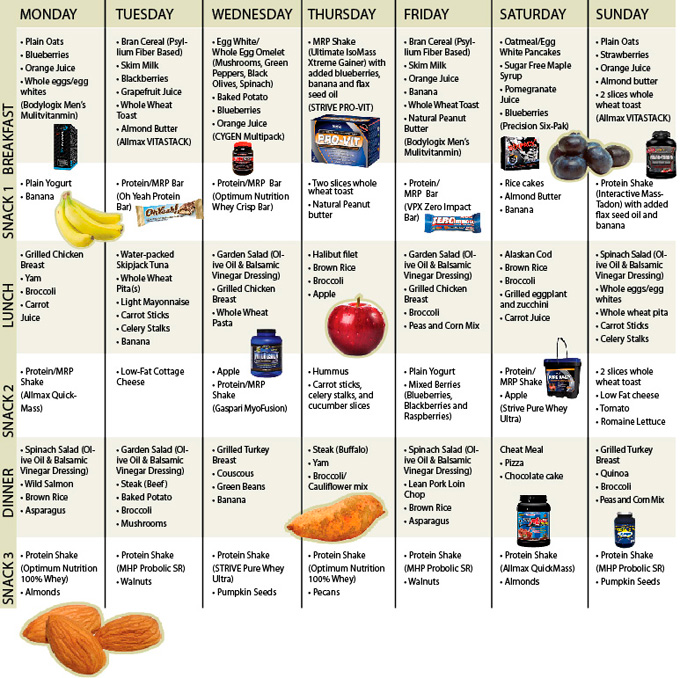

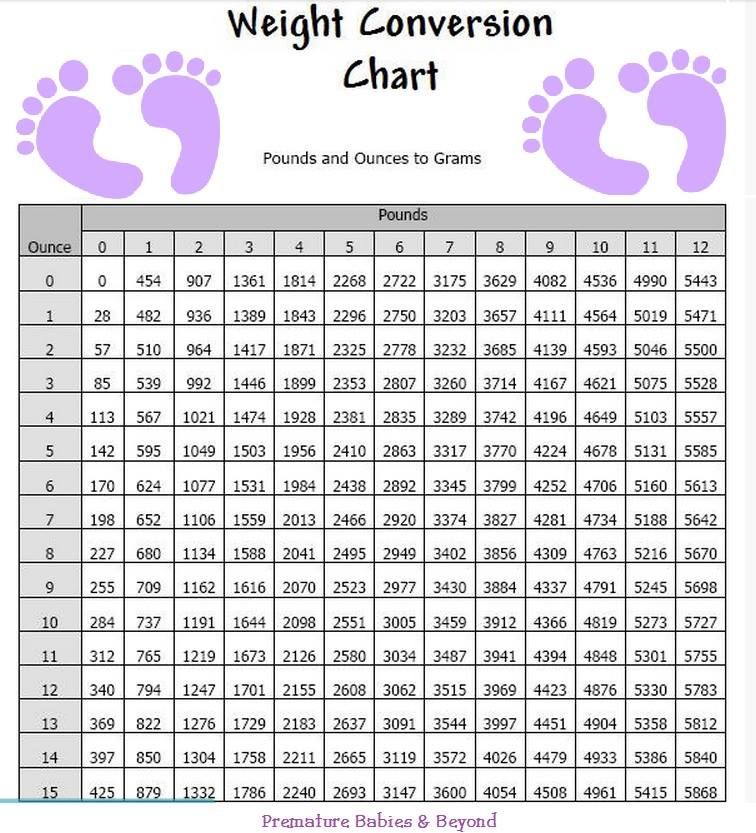 3
3 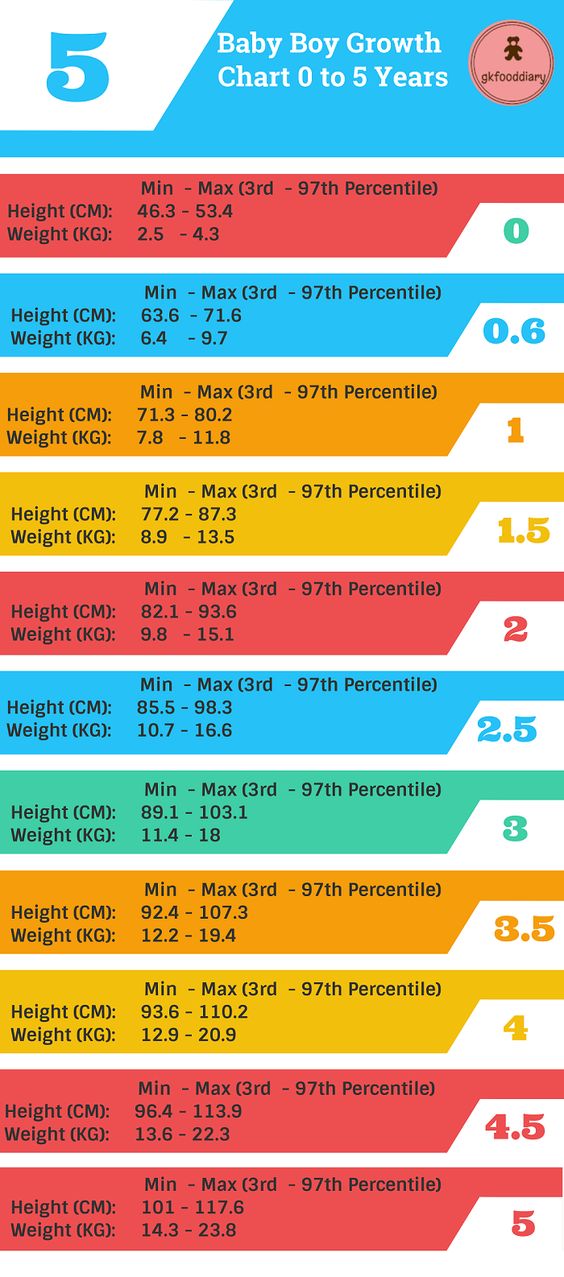 0
0  1
1  4
4 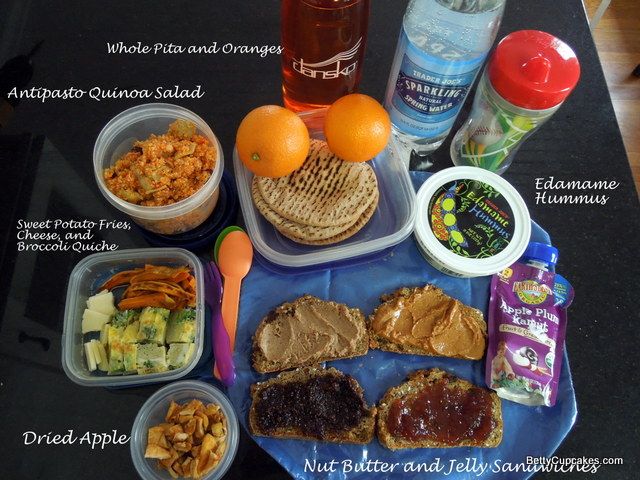 2
2 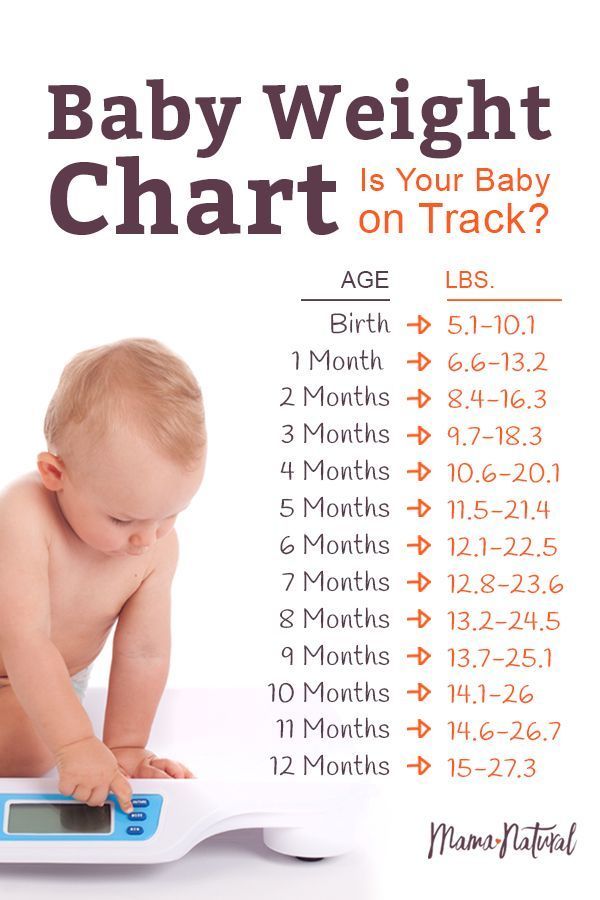 1
1  0
0 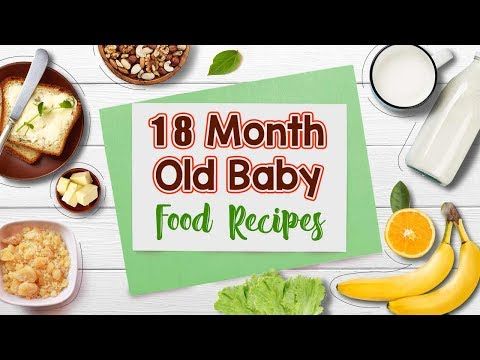 0
0 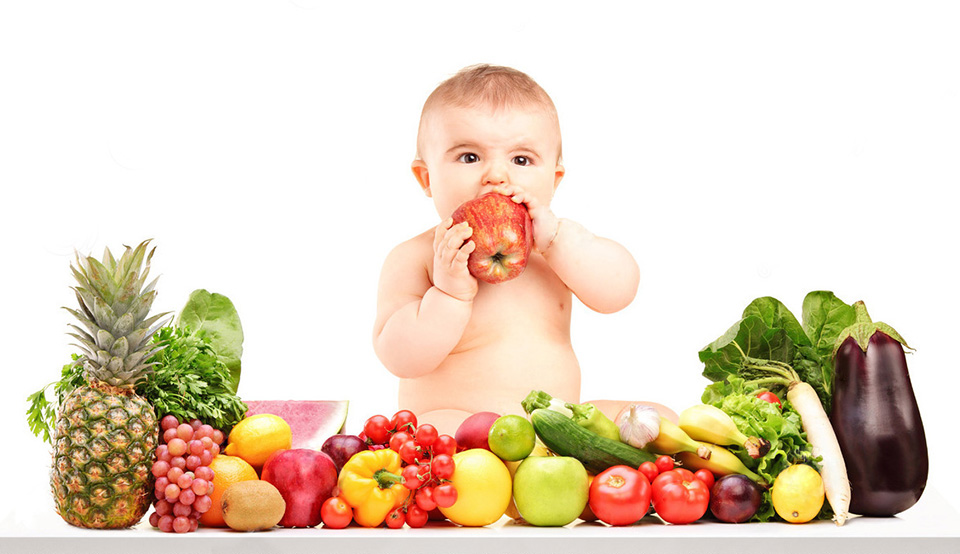 6
6  1
1 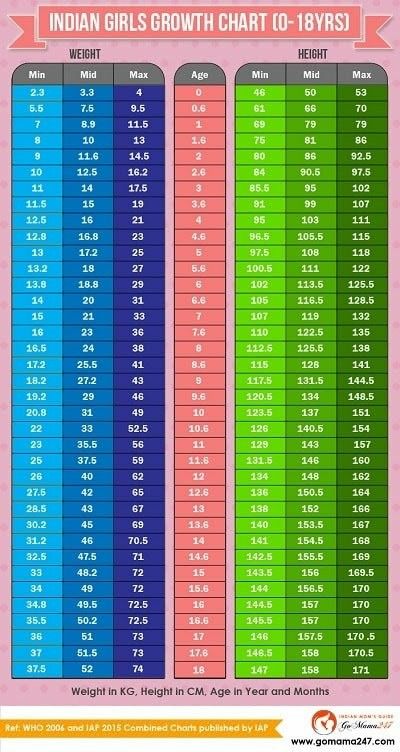 3
3 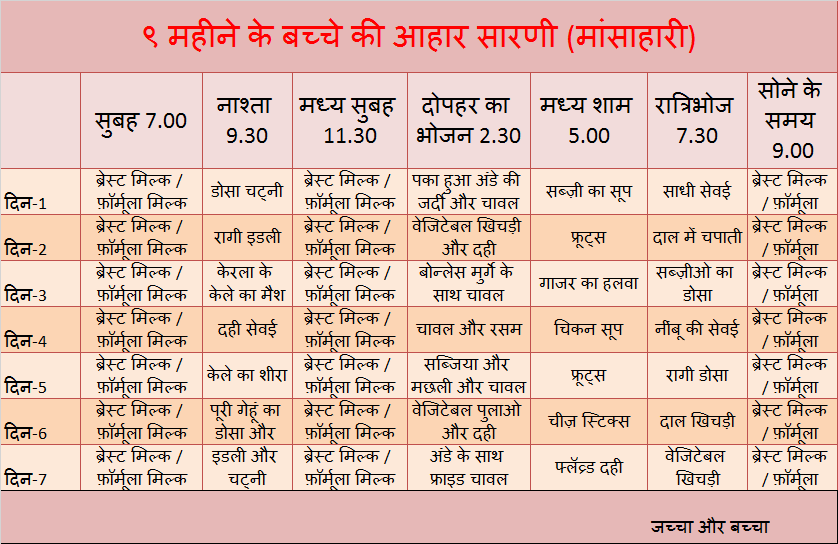 5
5  1
1 